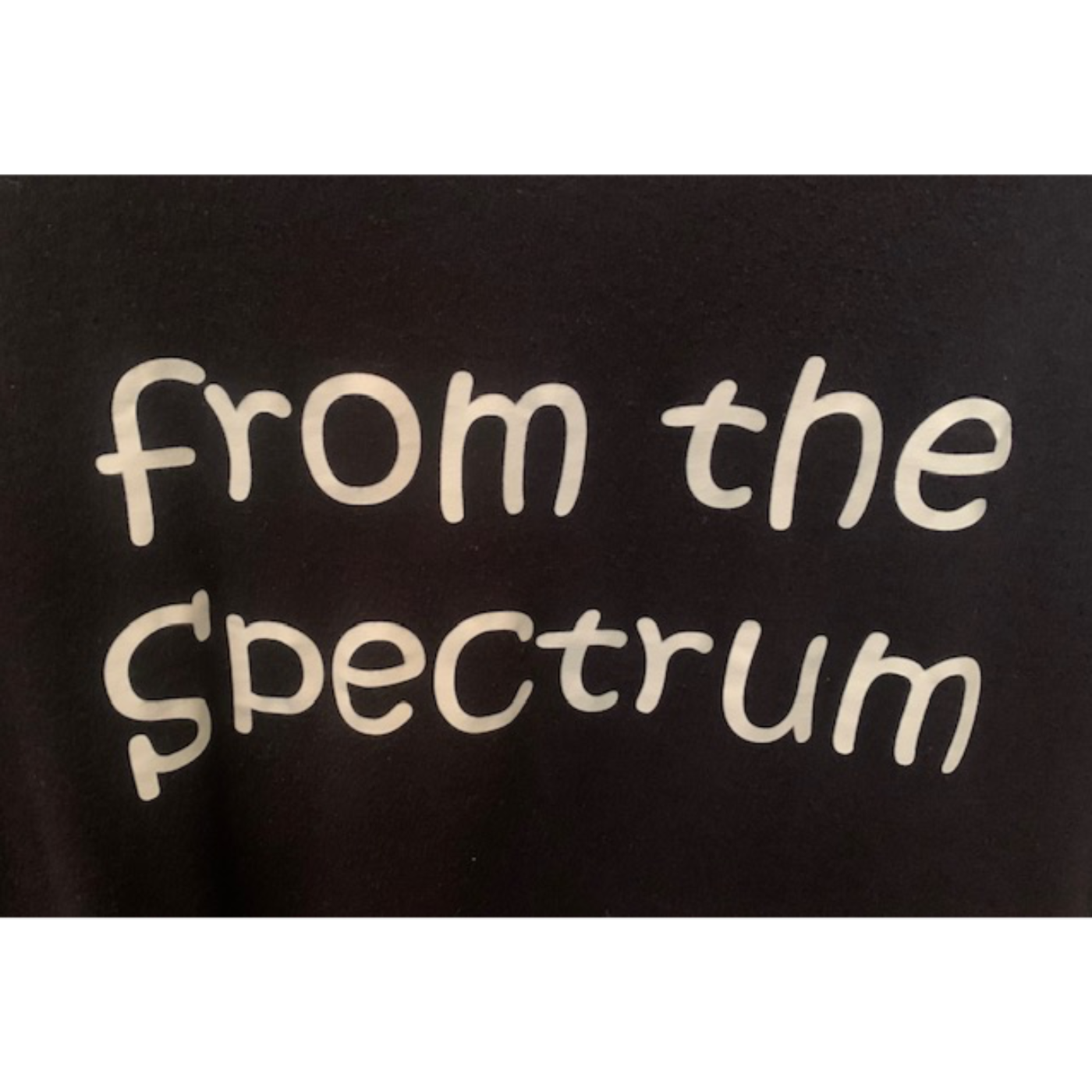From the Spectrum: Finding Superpowers with Autism
I'm Ryan, and I have Autism. From the Spectrum is a podcast about Autism. I am on a mission to explain Autism. Autism emerges in human evolution as a biological adaptation, possibly through neuroplasticity, responding to environmental shifts that harness light’s energy for life. Maybe, people fail to understand how living organisms use the energy from light to drive biochemistry and organize our biology. For each episode, we will discuss various aspects of Autism. At times, we can cover lots of what seems like complex biology and especially neuroscience, but I hope to convey an easy to understand delivery an...
The Art of Medicine Is Dying: Dr. Sabine Hazan on Transforming Autism & Disease Through the Gut
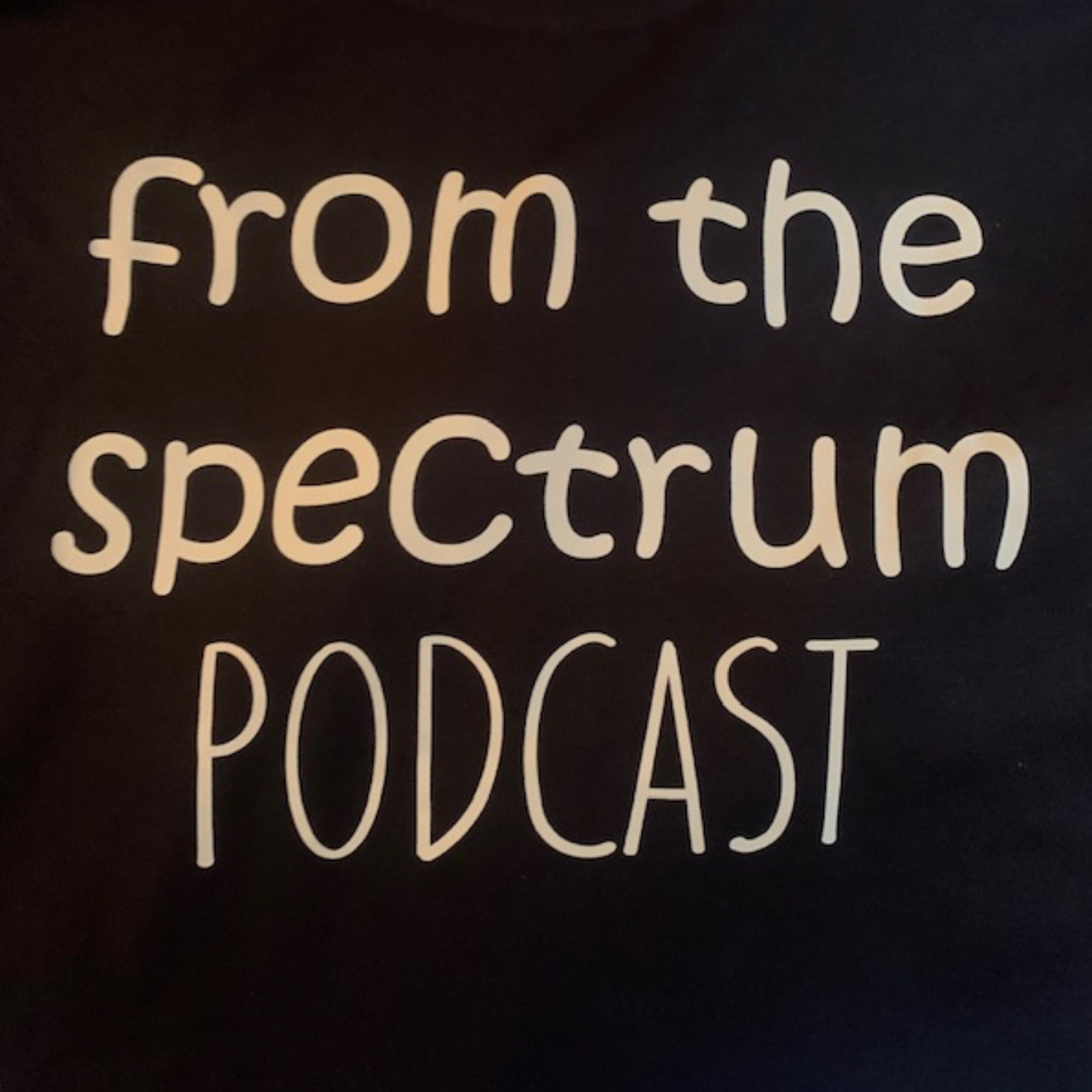
Dr. Sabine Hazan is a pioneering gastroenterologist and the first physician to launch a private microbiome testing lab in the U.S. In this powerful episode, she reveals how decades of clinical experience and cutting-edge research have convinced her that the gut microbiome—especially the near-extinction of key bacteria like Bifidobacteria—lies at the root of Autism, Alzheimer’s, cancer, and many chronic diseases. Speaking candidly about the erosion of the doctor-patient relationship, relentless censorship, and the profit-driven forces that have turned medicine into a pill-pushing machine, Dr. Hazan explains why she believes the art of medicine is dying—and how...
Excitatory Neurons: The Brain’s “Go” Signal & Autism
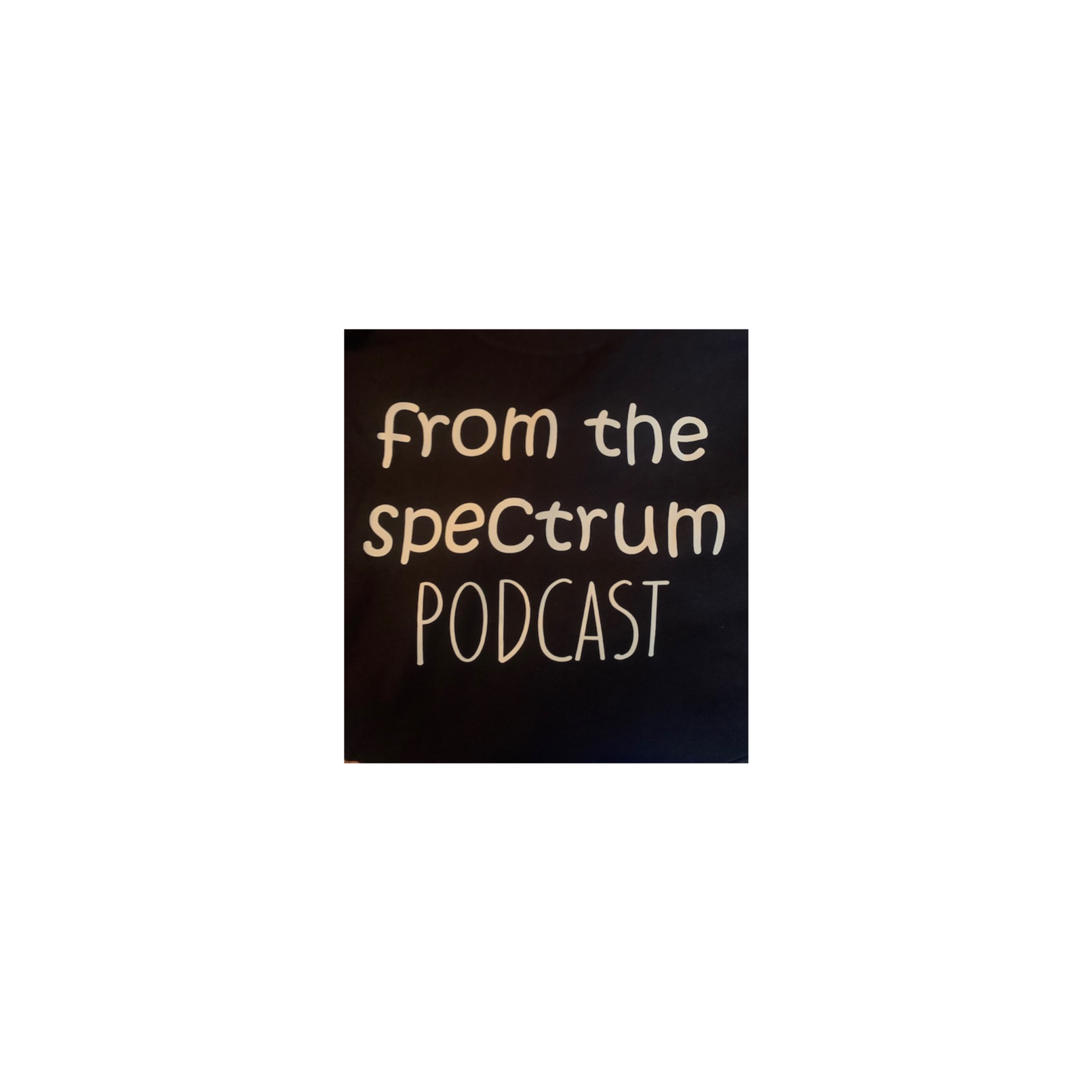
This episode dives deep into excitatory neurons—the brain’s primary “go” signal—and their outsized role in the Autistic phenotype. We explore how pyramidal neurons, powered by glutamate through AMPA and NMDA receptors, drive lightning-fast information transmission, synaptic hyperplasticity via BDNF, and elevated gamma oscillations (30–80 Hz) in V1, S1, and A1. This overactive excitatory push, paired with reduced parvalbumin and somatostatin inhibition, creates the well-documented E:I imbalance that fuels sensory hypersensitivity, one-trial learning, rigid memory encoding, repetitive behaviors, and the classic distal-connection timing mismatch from early sensory cortices to prefrontal regions.
The Autistic brain gets to the first...
Thalamic Reticular Nucleus (TRN), Sensory Gating & Autism
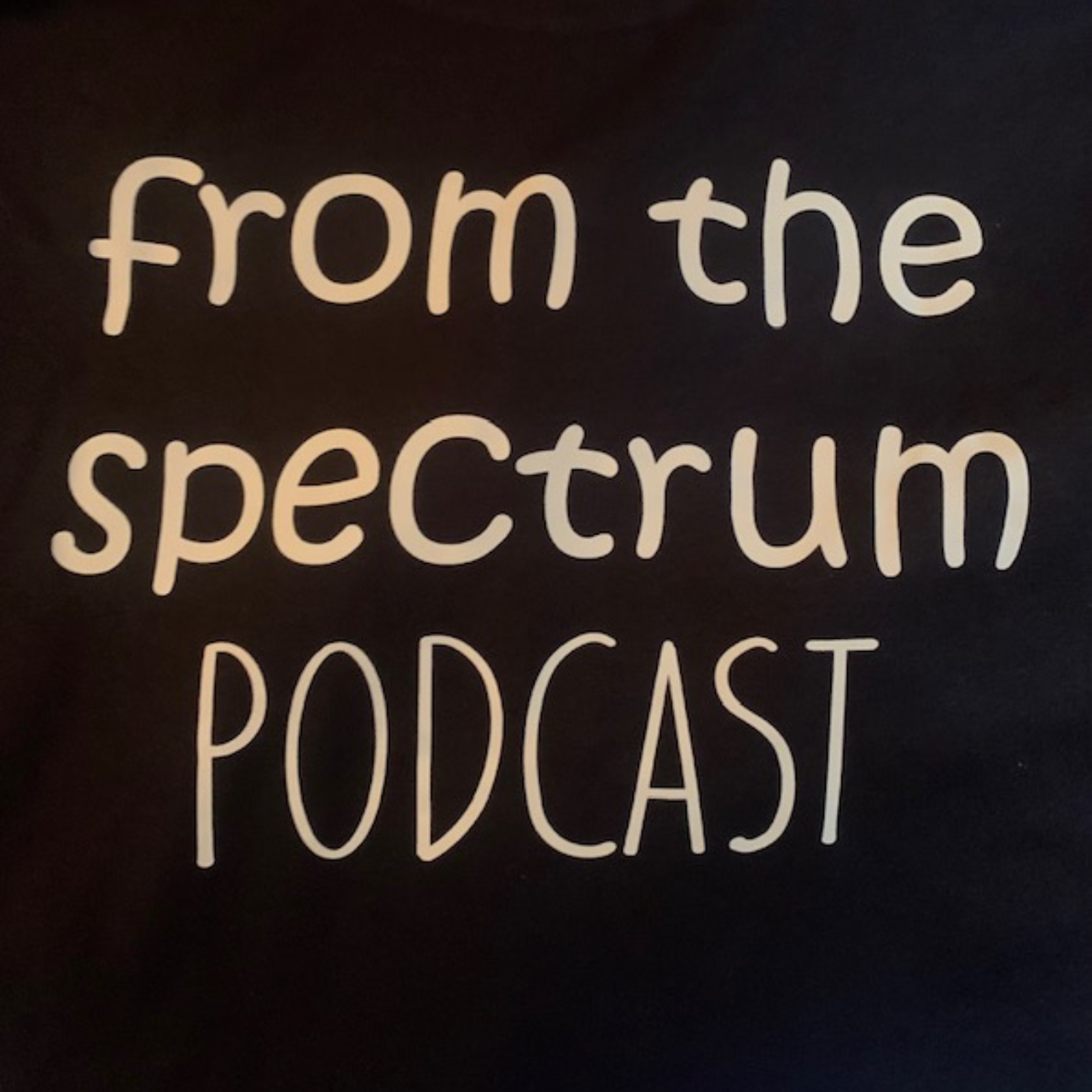
Today's episode examines the thalamic reticular nucleus (TRN), a GABAergic structure that filters sensory inputs to the thalamus, influencing sensory processing and attention in Autism. We'll explore how TRN dysfunction contributes to sensory hypersensitivity, repetitive behaviors, and cognitive strengths like visual thinking. We cover the TRN’s visual, somatosensory, auditory, and limbic sectors, using vivid analogies like a security guard and staring contest to illustrate its role. These mechanisms are linked to the Autistic phenotype’s challenges and unique perceptual abilities.
Daylight Computer Company, use "autism" for $50 off at
https://buy.daylightcomputer.com/auti...
Sonic Hedgehog & Inhibitory Neurons in Autism
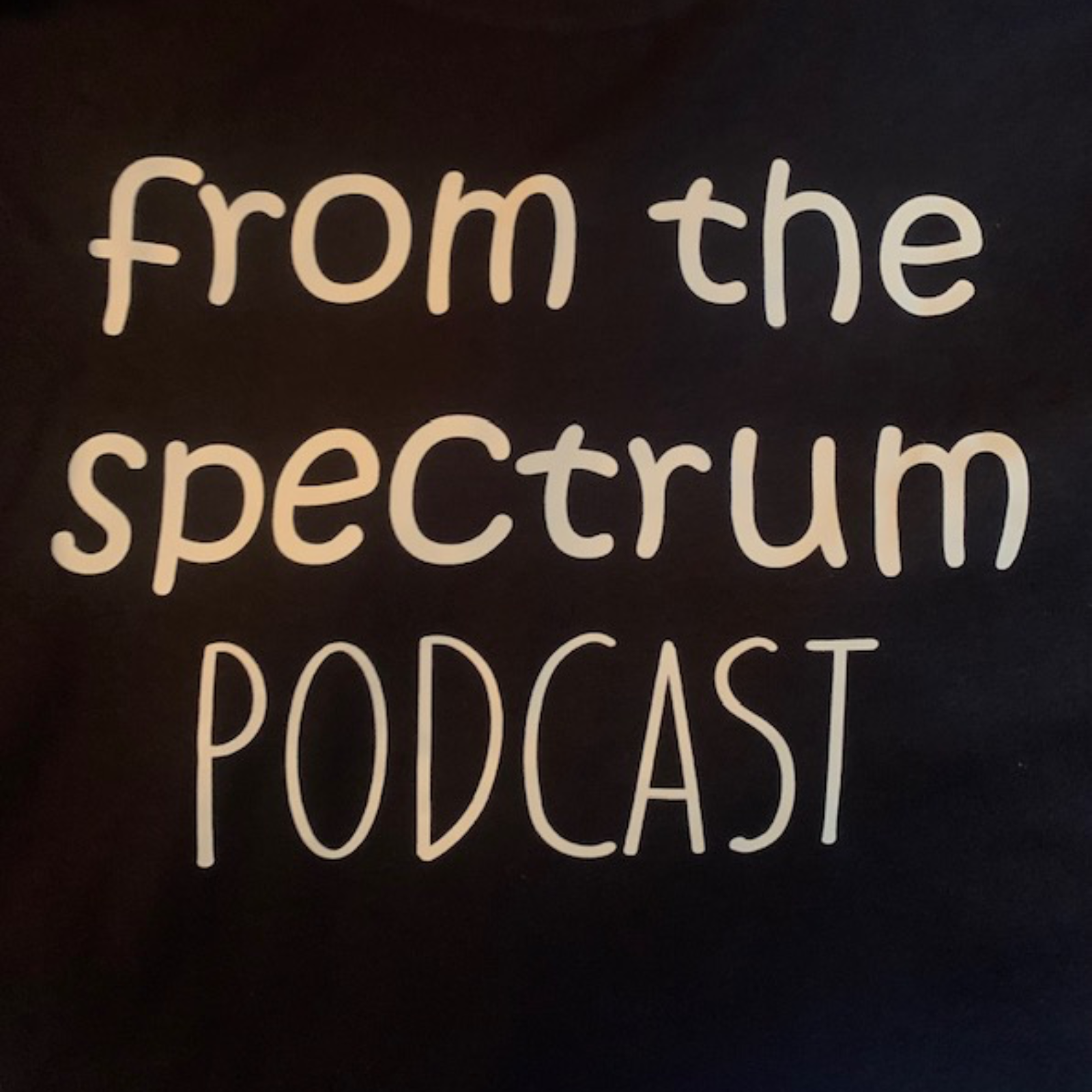
Today's episode explores the role of inhibitory neurons & the Sonic Hedgehog (SHH) gene in shaping the Autistic phenotype, focusing on the excitation-inhibition imbalance that drives sensory hypersensitivity and cognitive challenges. Through a neuroscience lens, the episode connects these mechanisms to heightened gamma activity.
Ben Ari Episode https://youtu.be/jo-ffwF9u0Y
Parvalbumin Interneurons episode https://youtu.be/PBHVssvoQkM?si=t8WYGlcHcv7WiE-T
Visual Thinking Part 1 https://youtu.be/XqQ8jCvWzYc?si=lffUEjGHjWj4mGOM
Neurulation Part 1 https://youtu.be/gZdg9bX3Nuw?si=xvwtlz-p1hPHI8FA
<...(Re-Release) Autism & Parkinson's
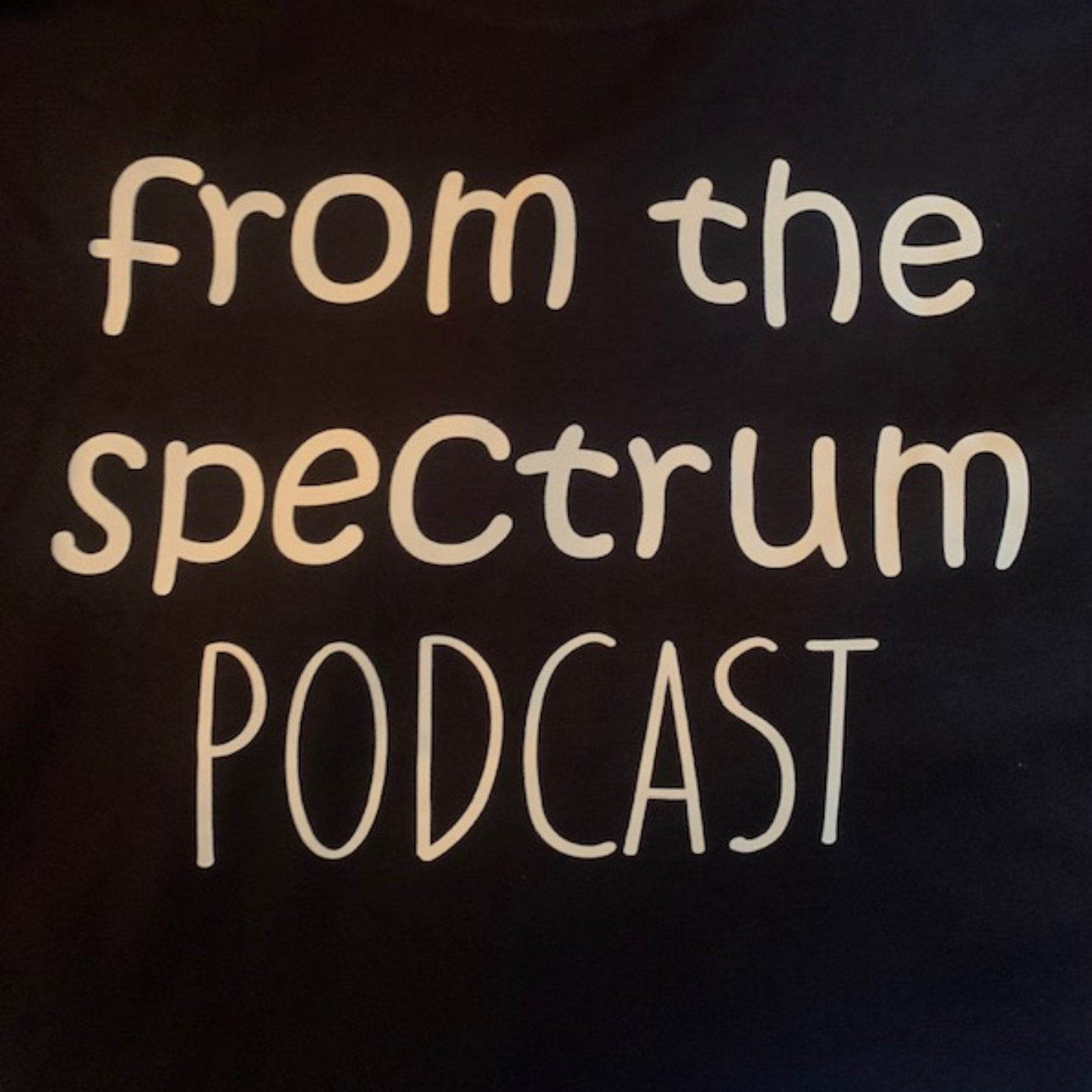
In this episode, we explore the connections between Autism and Parkinson's, focusing particularly on the basal ganglia and its substructures, notably the substantia nigra within the midbrain. We discuss how the substantia nigra, known for its high concentration of neuromelanin, plays a critical role in these disorders. The episode examines how neuromelanin, a dark pigment, not only absorbs all frequencies of light but also has antioxidant properties, binds metals, and acts as a neuroprotector. This discussion leads into the broader implications of environmental signals, particularly light, on human biology, touching on how modern changes in light exposure might affect...
Ahmad Ammous, MD: Exposing Medicine’s Profit Mills & Embracing Quantum Biology's Healing Powers
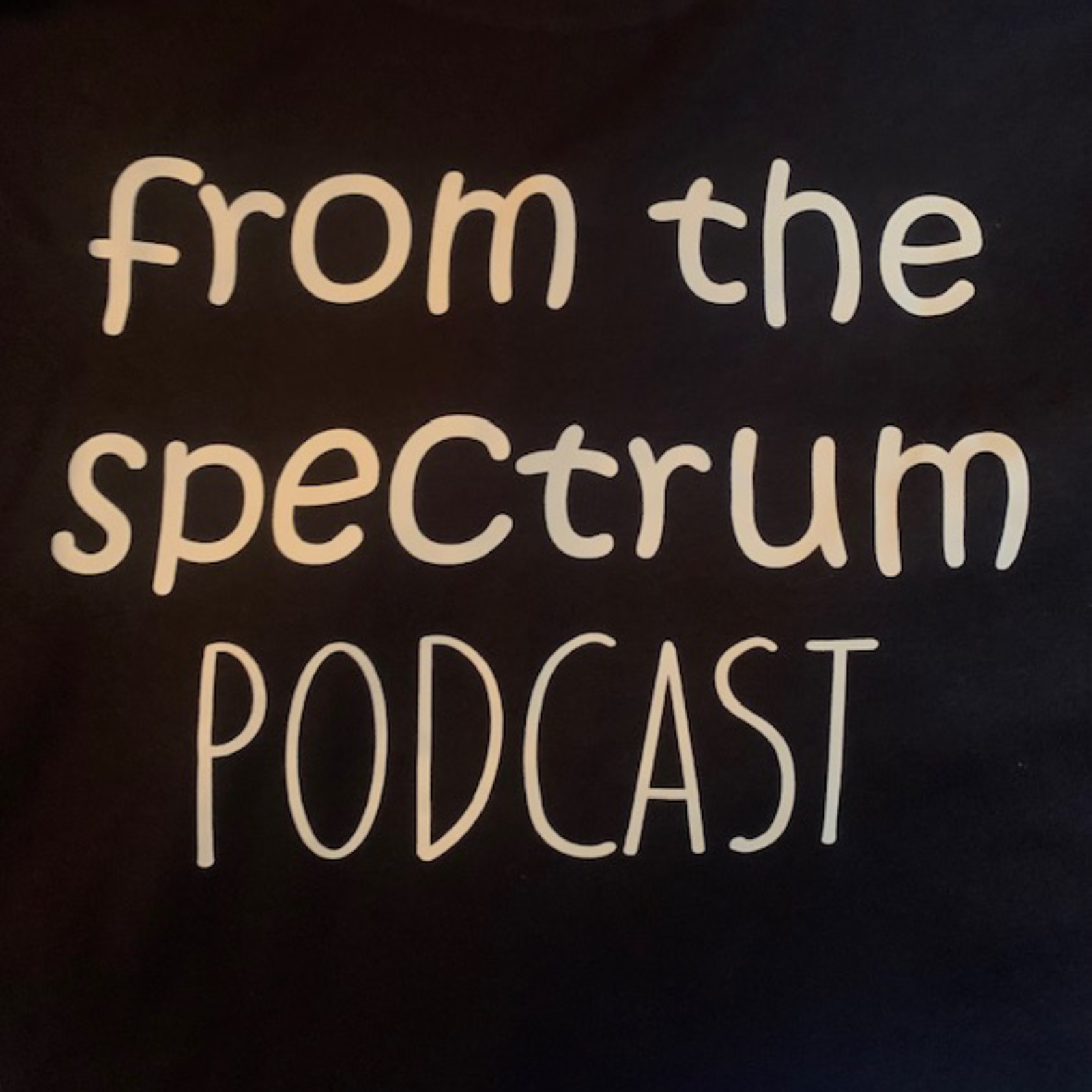
In this episode, Dr. Ahmad Ammous, MD, exposes the profit-driven "profit mills" of modern medicine, critiquing its reliance on pills to manage symptoms rather than address root causes. Drawing from his journey as an internal medicine physician, he challenges pharmaceutical-centric practices and delves into quantum biology’s healing potential, exploring topics like light-driven energy production through melanin’s water-splitting mechanism, cytochrome sensitivity to red and blue light in the electron transport chain, and circadian biology’s role in melatonin and cortisol regulation. Dr. Ammous offers practical solutions, such as paleo diets and sunlight exposure, to optimize health, while advocating for de...
Autism and Speech, Language, & Communication Disorders
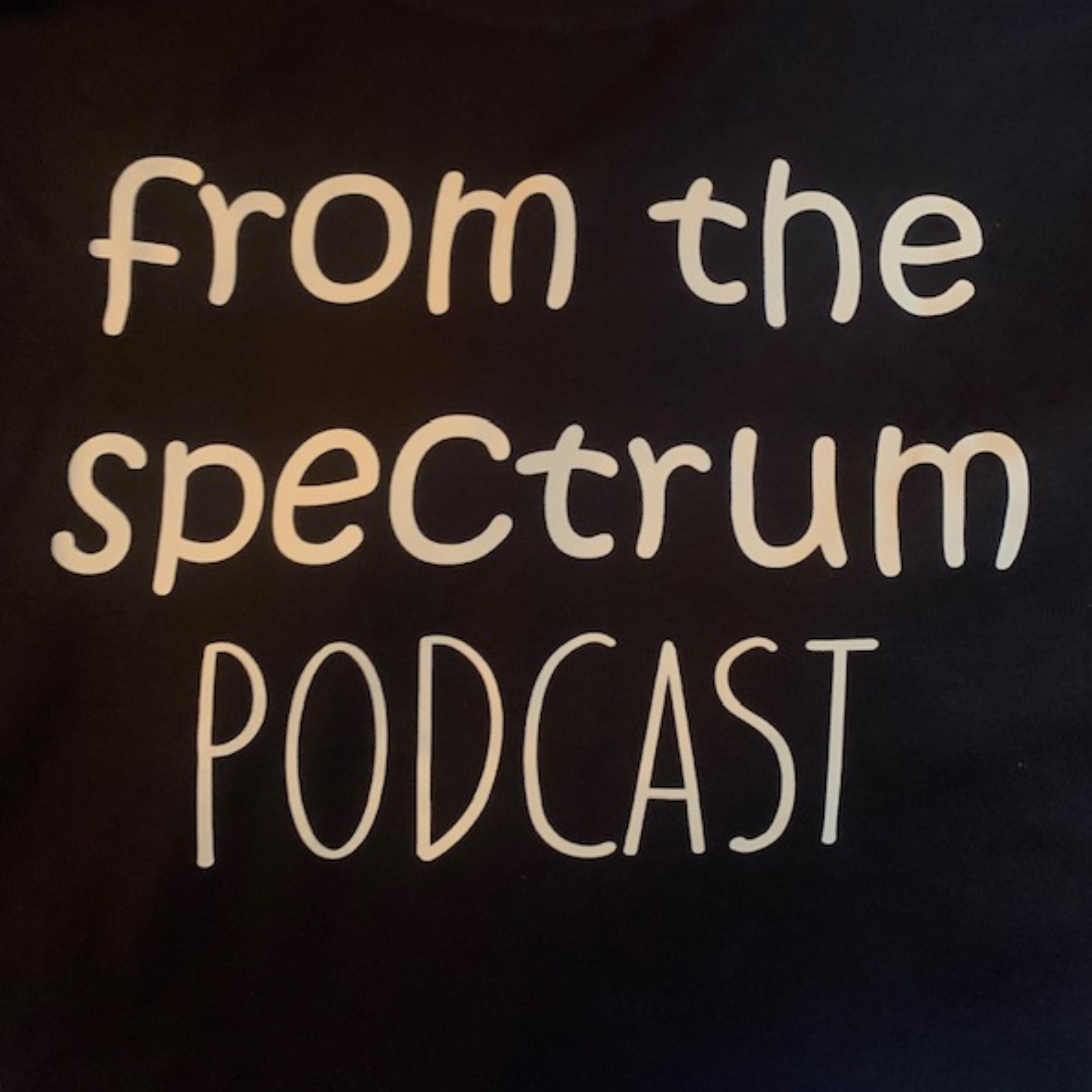
Today's episode is all about Autism and its associated communication disorders, as outlined in the DSM-5-TR, focusing on social communication disorder (SCD), childhood onset fluency disorder (stuttering), speech sound disorder, and developmental language disorder (DLD), which affect 50-70%, 4-22%, 20-30%, and up to 50% of Autistic individuals, respectively. We explore neural underpinnings, highlighting hypoactivation in brain regions and brain waves are discussed that are critical for social cognition, alongside disrupted connectivity in networks like the arcuate and superior longitudinal fasciculi. Two genes- FOXP2 and CNTNAP2 are also discussed.
Other relevant episodes:
Decoding the...
Decoding the Brain: How Reading Works in Autism and Dyslexia
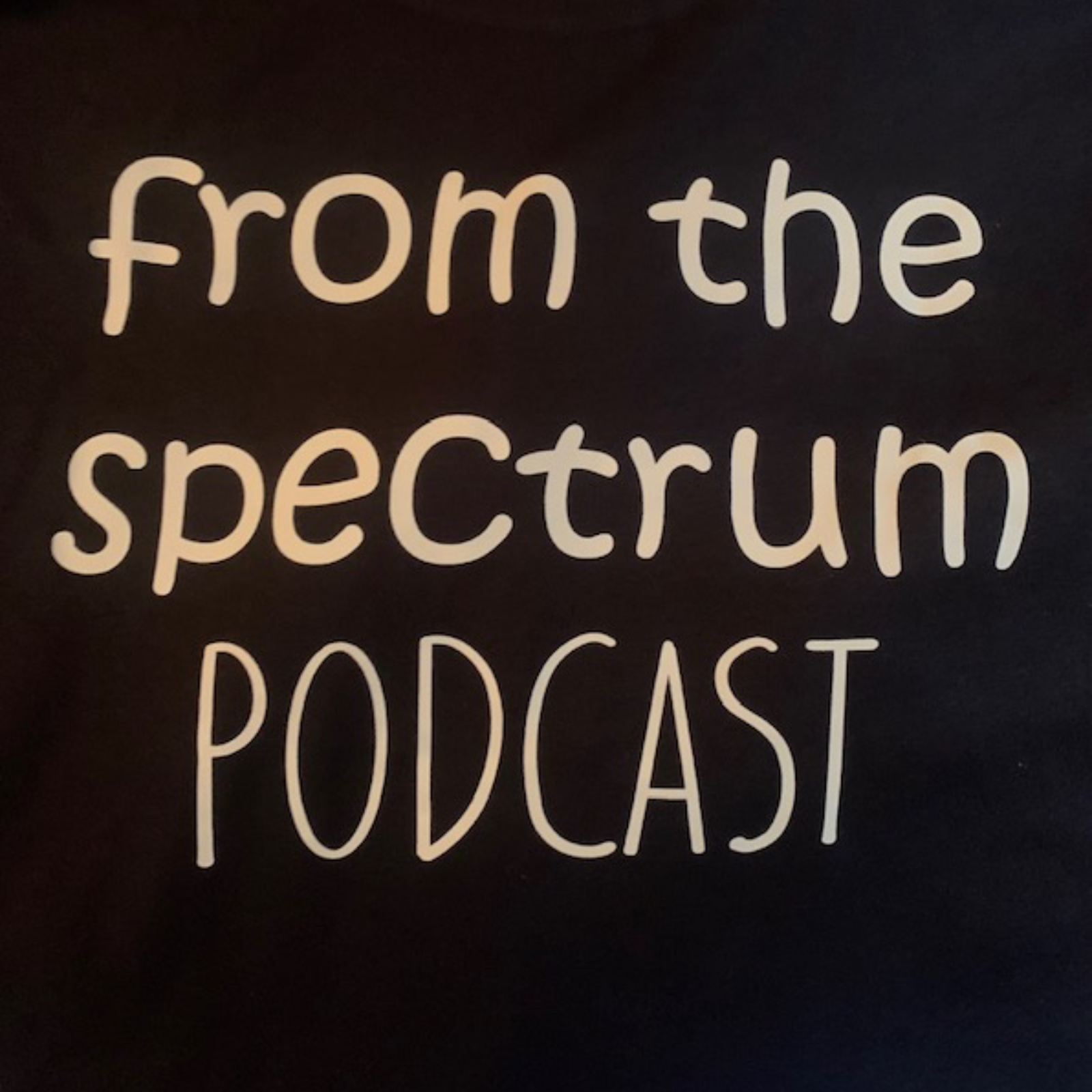
This week's episode is all about Reading. We will go through the entire process from the moment light hits the retina (50-100ms) to formulating speech (600ms or so). That is, either speaking out loud or silently speaking while reading, a phenomena called subvocalization. We do this when reading to the self. Either way, we speak while reading.
We will compare so called normal readers, the Autistic phenotype, and dyslexia, and at times the odd contrasts of the Autistic phenotype AND dyslexia. Lots of neurobiology, measurement instruments, brain waves (oscillations, frequencies), however, I will hopefully provide easy...
Visual Thinking part 2: Machine Learning/AI, Catalogs for Categories, & Accelerated Learning
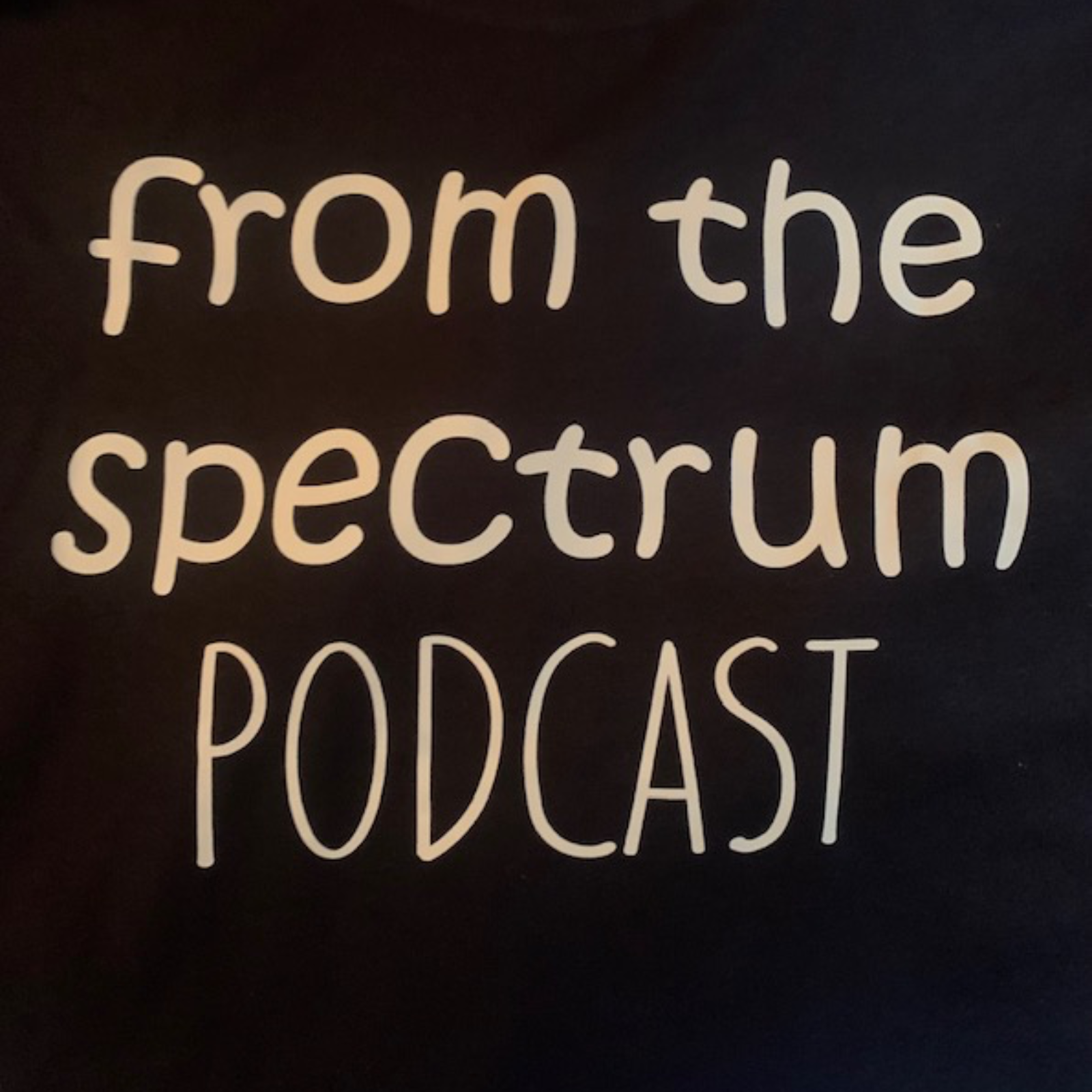
Today's episode continues with visual thinking. We will learn more about the accelerated learning patterns with visual thinking and the Autistic phenotype. Autistic individuals create detailed mental "catalogs" of images and experiences, much like AI’s data processing. We explore Temple Grandin’s vivid descriptions of thinking in pictures, alongside early observations from Kanner (1943) and Asperger (1944), who noted autistic intelligence in their "little professors." The discussion covers weak central coherence theory & specific details drives exceptional learning but can complicate social interactions and broader contextual understanding.
We will discuss the Autistic brain and machine learning, from pattern recognition to i...
Visual Thinking part 1: Neurobiology & Autistic's Intense Inner World
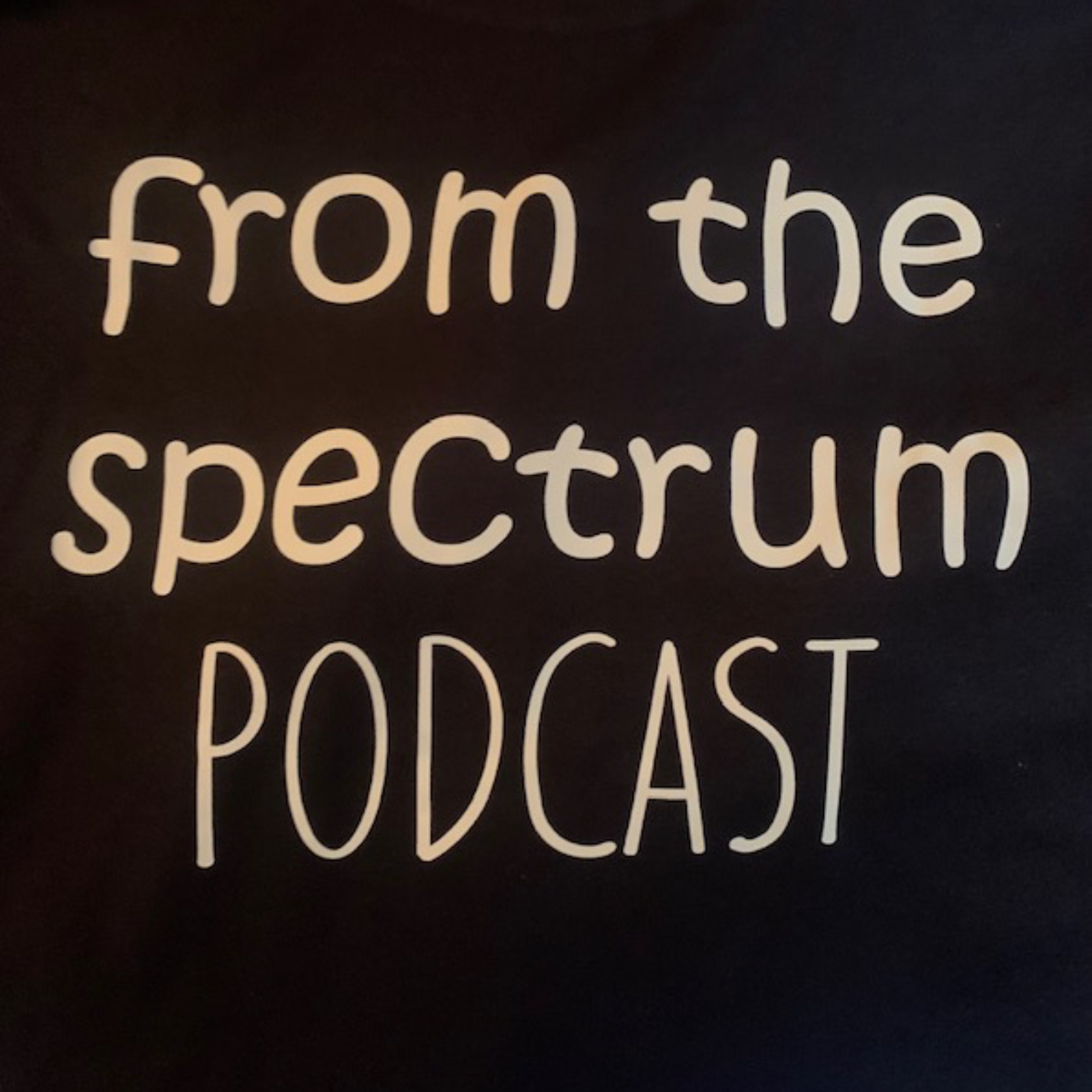
Today's episode is all about visual thinking. We will explore vivid mental imagery and sensory processing. We will cover why Autistic individuals process detailed "pictures and movies" in the mind, exemplified by an anecdote of visualizing oak tree bark with tactile detail. Sensory challenges are highlighted, with a Bee Movie analogy illustrating the intense, efficient visual input. The Autistic sensory journey is described as fast but rocky, contrasting with non-autistic processing. Hyperconnectivity in visual pathways amplifies detail-oriented cognition, often leading to sensory overload.
The episode explains how retinal ganglion cells and visual cortex hyperactivity enhance imagery in...
Parvalbumin Interneurons & the Autistic Phenotype
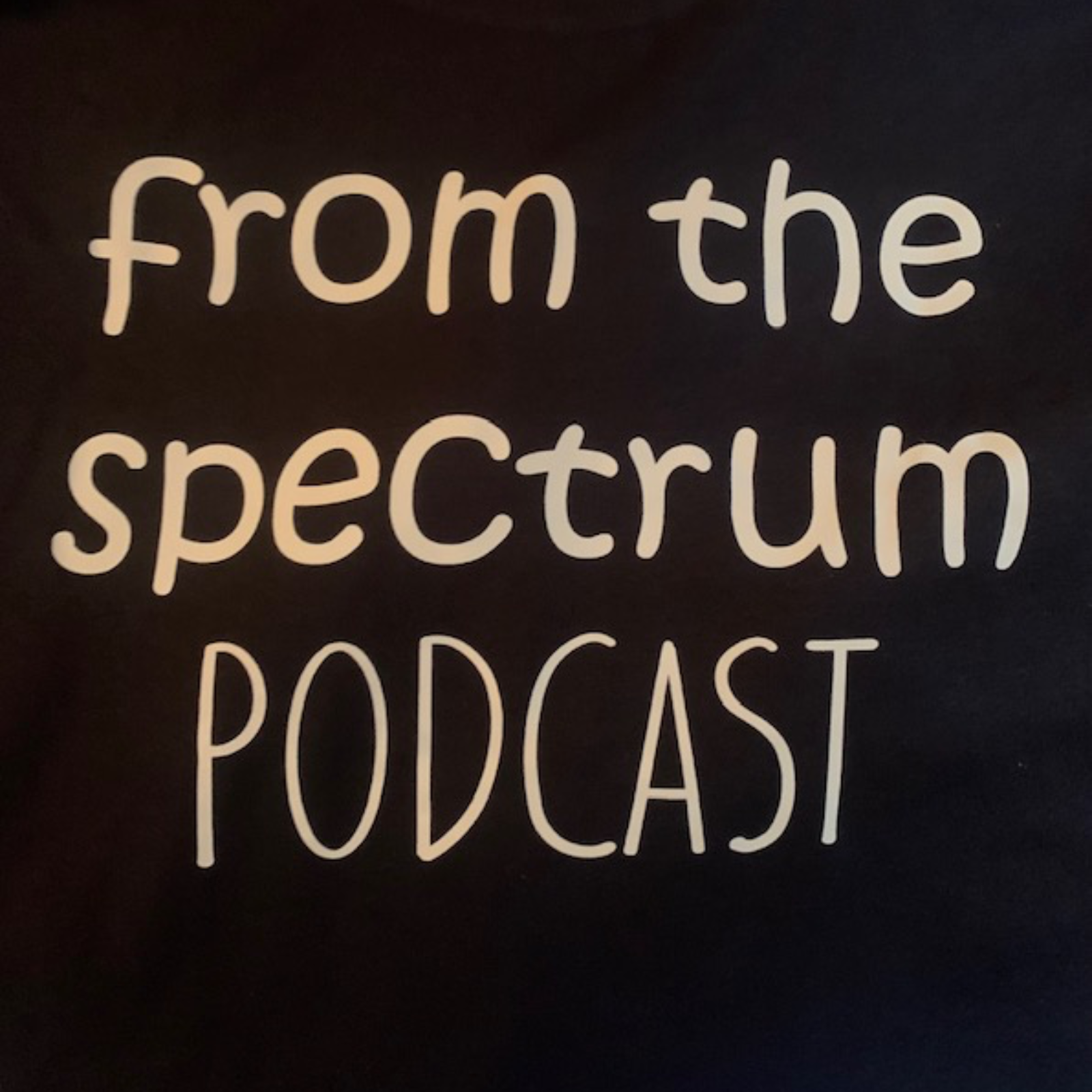
Today's episode is about excitation-inhibition with specific attention with an inhibitory neuron called parvalbumin interneurons (PVINs). The discussion covers the medial prefrontal cortex, insular cortex, and salience network, linking their dysfunction to autistic traits like sensory over-responsiveness and social deficits. We cover two articles, alongside the CNTNAP2 protein’s role in neural circuit organization and its implications for Autism.
The episode also critiques the 1985 theory of mind framework, emphasizing autistic strengths in interoception and intuition, which suggest a sensory-social trade-off that enhances learning and information processing. PVIN hypofunction is connected to social deficits and rigid thinking, supported by...
Tristan Scott & Daylight Computer Company’s Revolution in Human-Friendly Tech
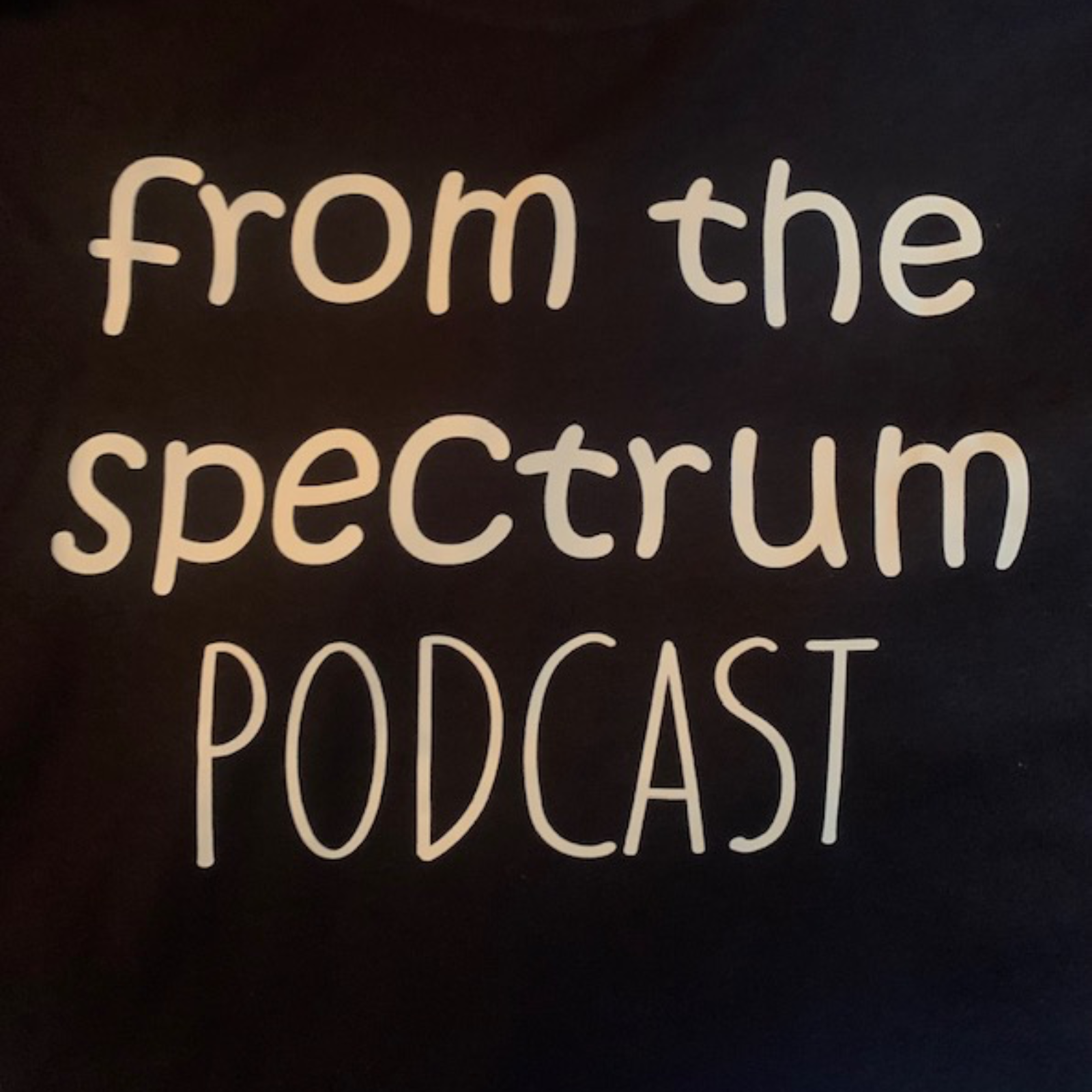
My guest today is Tristan Scott, an electrical engineer and head of operations at Daylight Computer Company. Tristan delivers a dynamic discussion on redefining technology for human health, blending personal anecdotes with technical insights. His expertise on electromagnetic fields (EMFs) and blue light’s impact drives the conversation, illuminating Daylight’s mission to create human-friendly technology.
The episode explores the harmful effects of modern screens, particularly on children, with Tristan sharing data on developmental delays and technology’s addictive design, akin to a casino’s flashing lights. He highlights Daylight’s DC1 computer, explaining its flicker-free and blue-light...
Dr. Nirosha Murugan: Biophotons Illuminating Life with Energy & Information

My guest today is Dr. Nirosha Murugan, a Tier II Canada Research Chair in Biophysics and Assistant Professor at Wilfrid Laurier University. Dr. Murugan explores how physics shapes biological processes, with pioneering research into biophotons—ultraweak photon emissions that reveal the hidden interplay between physics, biology, and life.
By the end of this episode, listeners will understand how biophotons contribute to cellular communication, regeneration, and health. Dr. Murugan’s insights highlight the emerging field of quantum biology and how it connects physics to life, offering transformative potential for medical diagnostics and a deeper understanding of living systems.
Dr. Kenda Rigdon: The Gut's Microbial Ecosystem, Yeast, Melanin, Birth, & Development
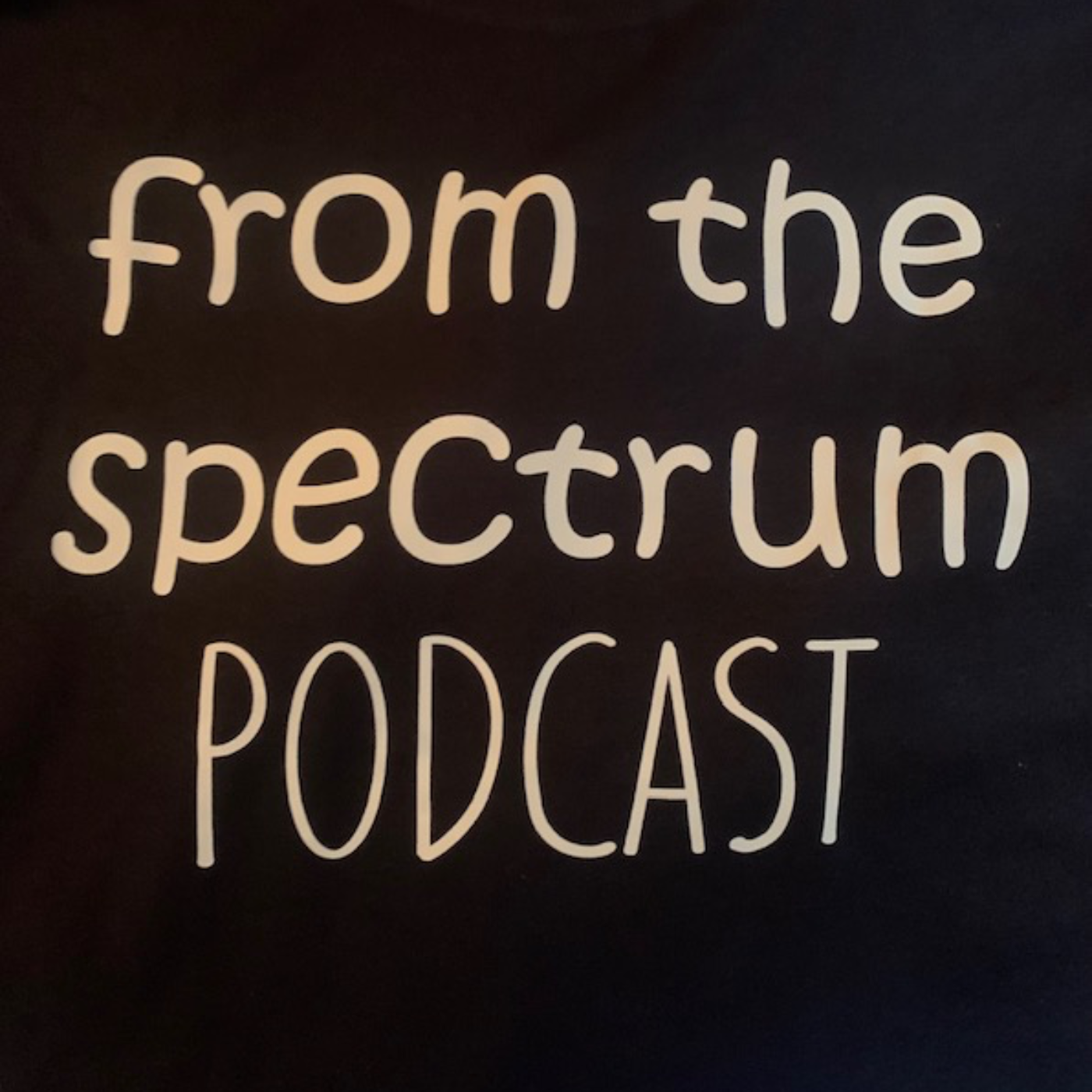
My guest today is Dr. Kenda Rigdon. Dr. Rigdon is a microbiologist with a PhD in microbiology and virology from the University of Alabama at Birmingham. Drawing from her expertise, she explores how the gut’s microbial ecosystem—comprising bacteria, yeast like Candida and Malassezia, and other microbes—interacts with genetic and epigenetic factors to influence Autism. Dr. Rigdon highlights the critical role of the birthing process, particularly how vaginal delivery seeds a newborn’s gut with beneficial microbes like lactobacillus, setting the stage for healthy development in the first three years. She also delves into how yeast overgrowth, nutrient...
(Re-Release) Autism & Gastrointestinal Problems
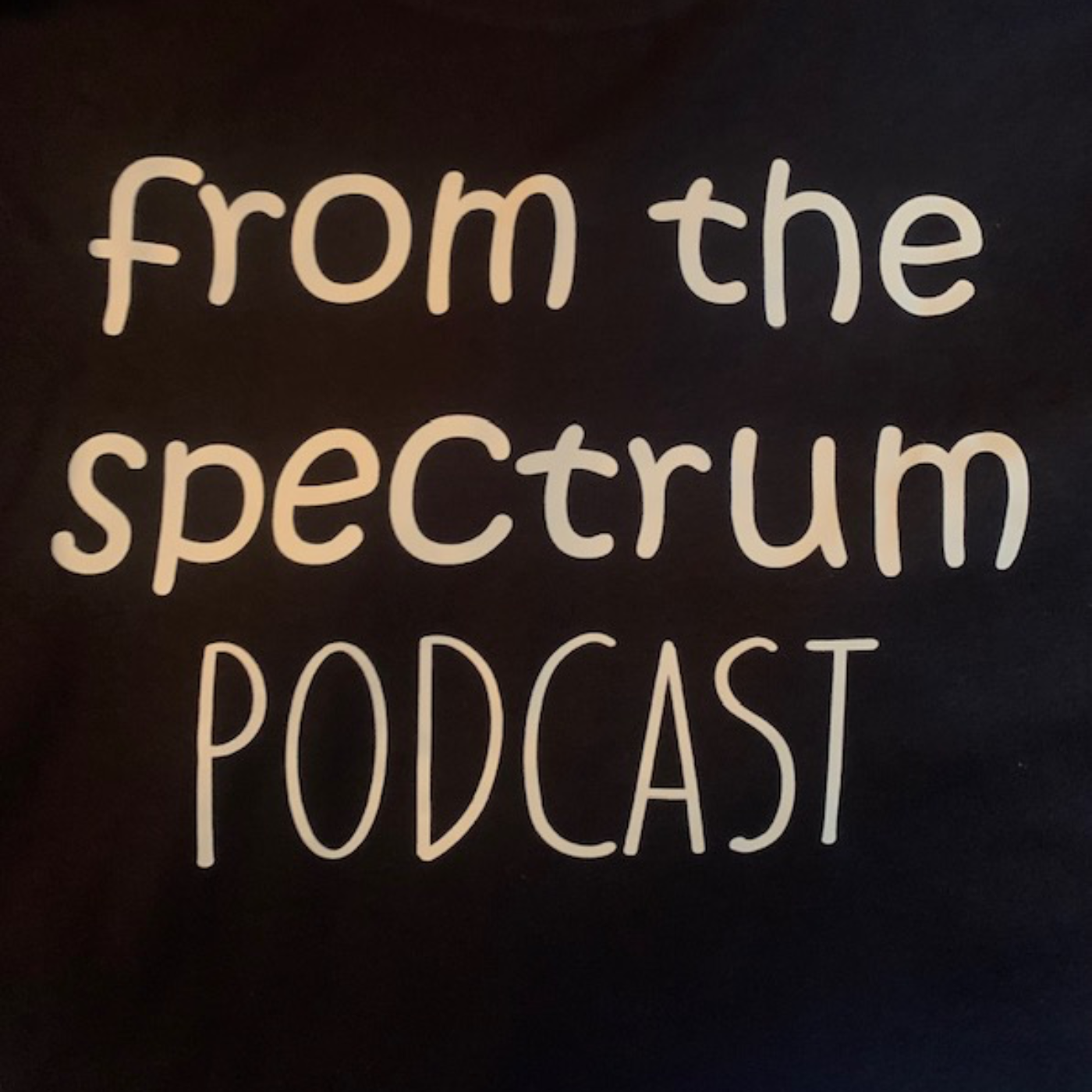
In the episode, we will explore a common problem with Autism- the Gastrointestinal Tract. The one consistent finding with Autism and GI is a problem exists. However, research on complicated in these complicated and complex areas of human biology despite what appears to be tight controls in the studies. However, one crucial component is missing- Light. In this episode, we will cover how biology structures order from the light input and the chaos from the environment.
Major Areas include Enterochromaffin Cells, Serotonin, Aromatic Amino Acids, Vitamin D, Enteric Nervous System, the endocrine systems, and the Hypothalamic-Pitutary-Adrenal Axis.<...
Relationship of B.2 Strict Schedules & B.3 Fixated Interests: Path, Meaning, & Love
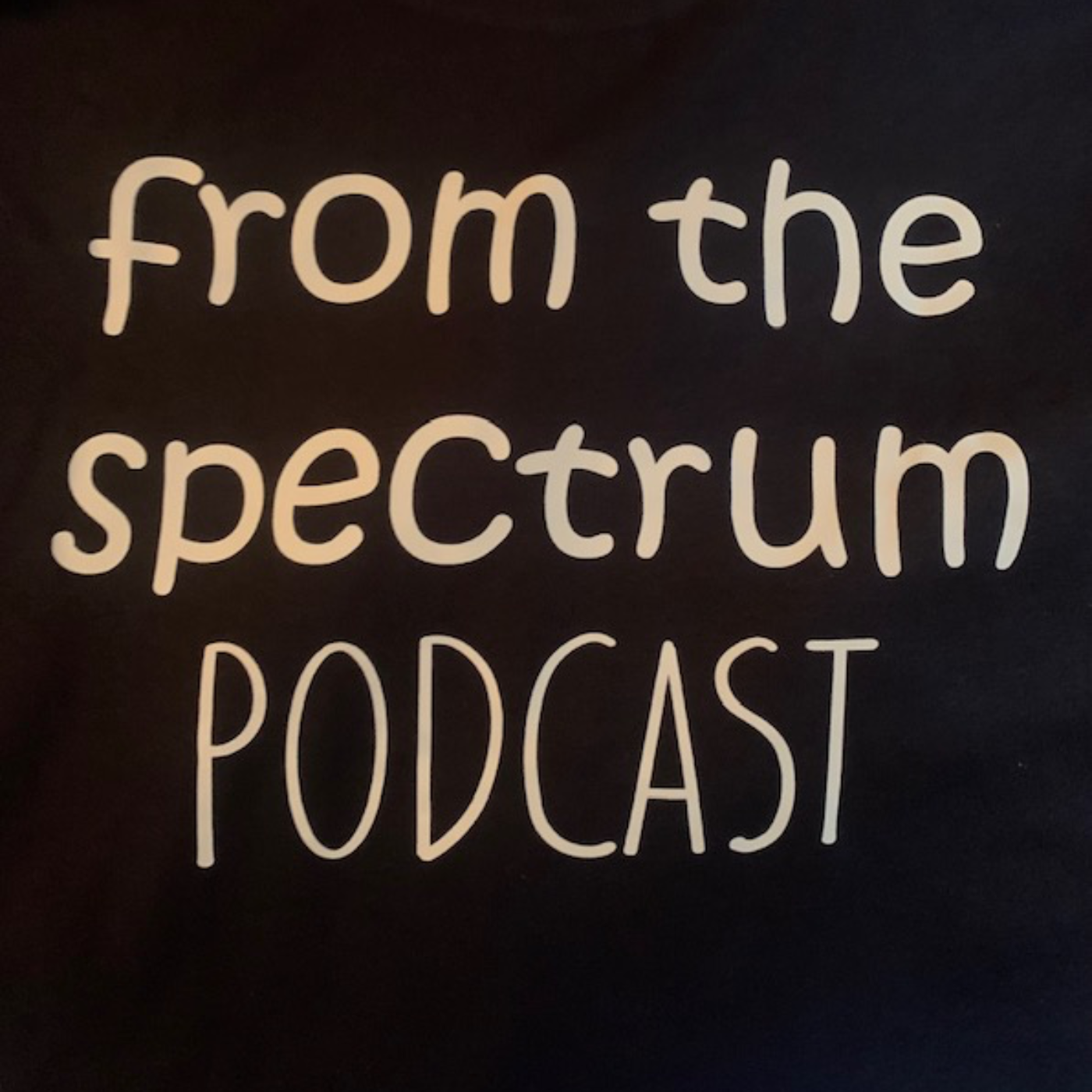
For today's episode, we will cover B2 (insistence on sameness, inflexible routines, and ritualized behaviors) and B3 (highly restricted, fixated interests with abnormal intensity). It emphasizes the preference for an internal world, where repetition and self-directed learning thrive, contrasting this with societal misunderstandings that label such behaviors as abnormal. The episode critiques societal pressures to conform to broad knowledge expectations, highlighting how Autistics find comfort in their self-driven focus, supported by neurobiological insights like the role of the mesencephalon in attention and environmental interaction.
Further, the episode addresses the challenges Autistics face with external disruptions, like unpredictable...
(Re-Release) Autism and Mitochondria: Biophysics meets Biochemistry
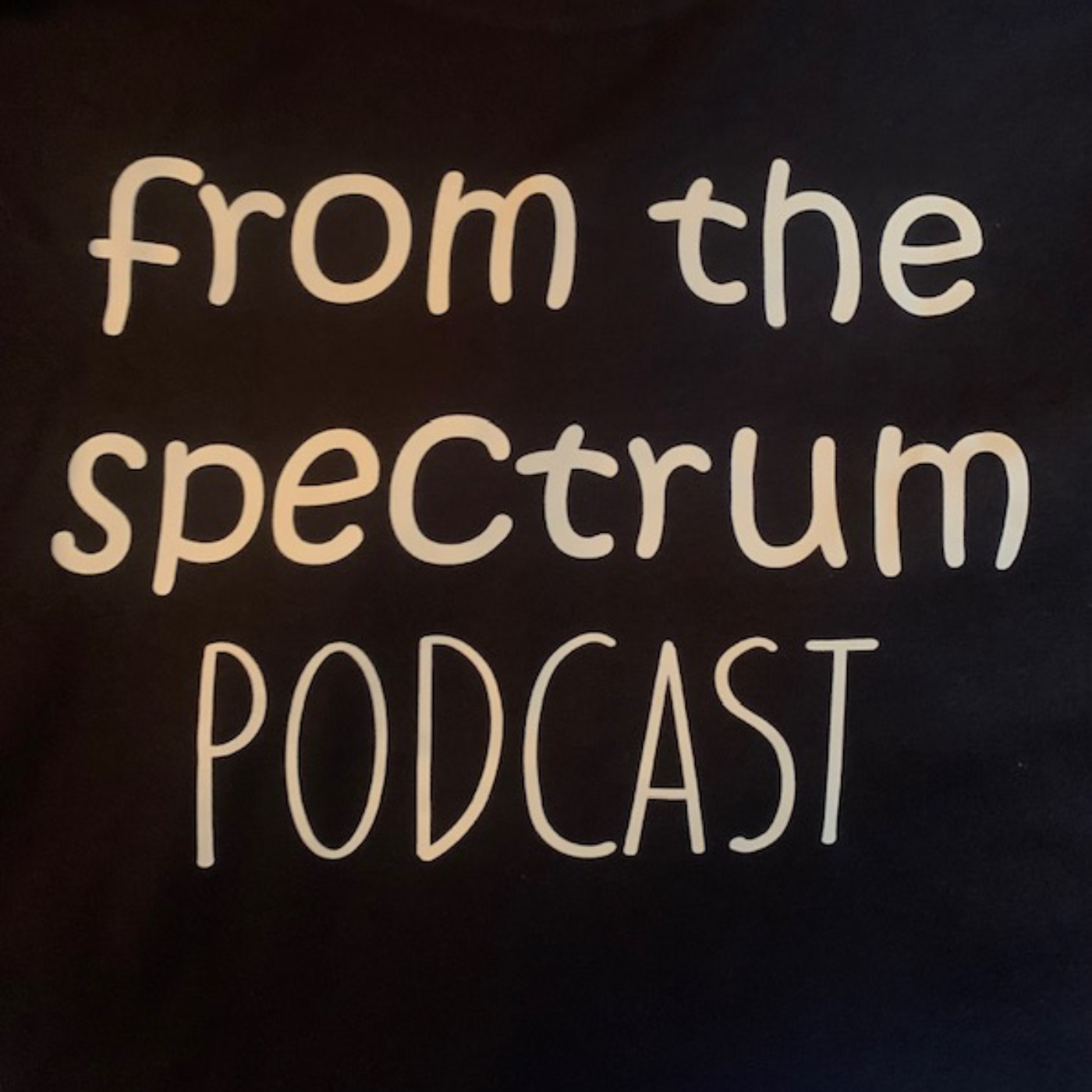
In this episode, we discuss the mitochondria. You know mitochondria as the "powerhouse" of the cell, but this biological process is biophysics meeting biochemistry. We discuss glycolysis, the TCA cycle (or Citric Acid cycle or Krebs cycle), and Oxidative Phosphorylation. This discussion goes deep inside the atomic molecular level with electrons and protons. Hang in there with the discussion and topic of Autism and understanding of the generational link to a loss of electrons.
Jack Kruse https://www.patreon.com/DrJackKruse/posts
Glycolysis https://www.ncbi.nlm.nih.gov/books/NBK470170/#:~:text=Glycolysis%20is%20a%20...
Part 2: Supplementing Relationships with Self-Directed Communication

In this episode, we explore the concept of supplementing relationships in Autism, focusing on the vivid internal dialogues and imaginative "movies" that feel profoundly real. These self-directed monologues and conversations with imagination create a safe, predictable space for social engagement, contrasting with the chaotic external world. We dive into Kanner’s and Asperger’s insights on self-directed speech, used for self-soothing or processing thoughts, not communication. Kanner observed children muttering during solitary play, while Asperger noted lecture-like monologues reflecting autistic intelligence.
I will share personal experiences of vivid internal dialogues emerging soon after waking, free of external spee...
Samantha Fox: M.A., CCC-SLP, S2C: Autism, Apraxia, & Spelling 2 Communicate
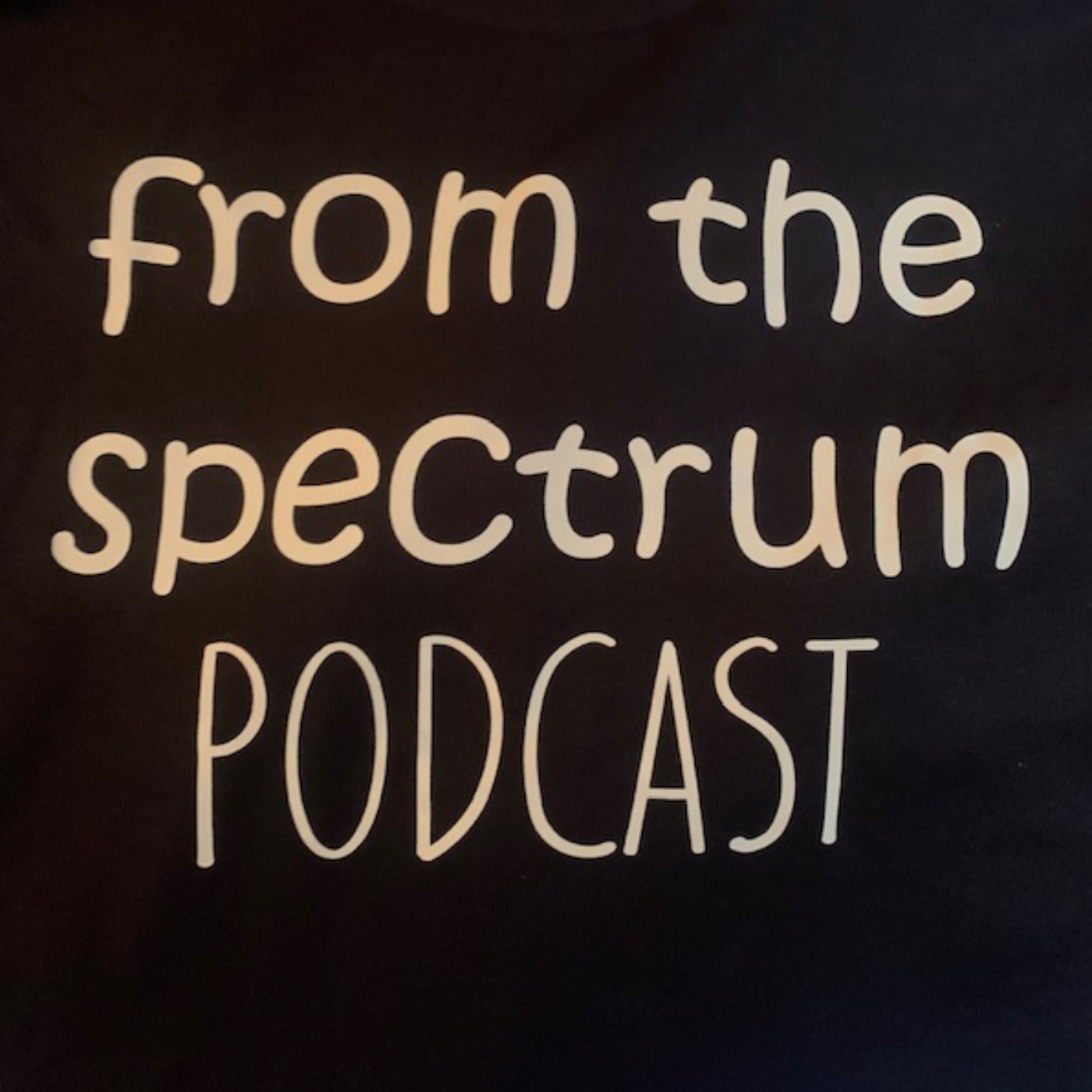
My guest today is Samantha Fox. Sam is a Speech-Language Pathologist with a Master’s from Kent State University and the founder of, Beyond Speech Therapy Center, where they focus on personalized therapy and building meaningful connections with clients. As a registered Spelling to Communicate practitioner with deep expertise in Early Intervention, Sam brings a unique perspective to supporting non-speaking and minimally speaking individuals with Autism, Apraxia, and speech sound disorders. Today’s episode is all about Speech-Language Pathology and Spelling to Communicate interventions. By the end, you’ll have a deeper understanding of these powerful protocols.
Sam Fo...
Part 1: Supplementing Relationships with Visual Thinking

For today's episode, we will expand on Autism & Relationships and introduce a very fascinating phenomena of "Supplementing" relationships. We will cover what Autism means, intense, "dream" like states, visual thinking & seeing movies. This might be hard for you to understand and you cannot verify any of this. In addition, you cannot see this thinking style, you can only guess.
See previous episodes:
Autism and Relationships
Understanding the Rates of Autism
Part 1 Origins of Autism: The Kanner Kids & Part 2 Origins of Autism: Asperger's "little professors"
JD Barker
<...(Re-Release) Autism & Relationships
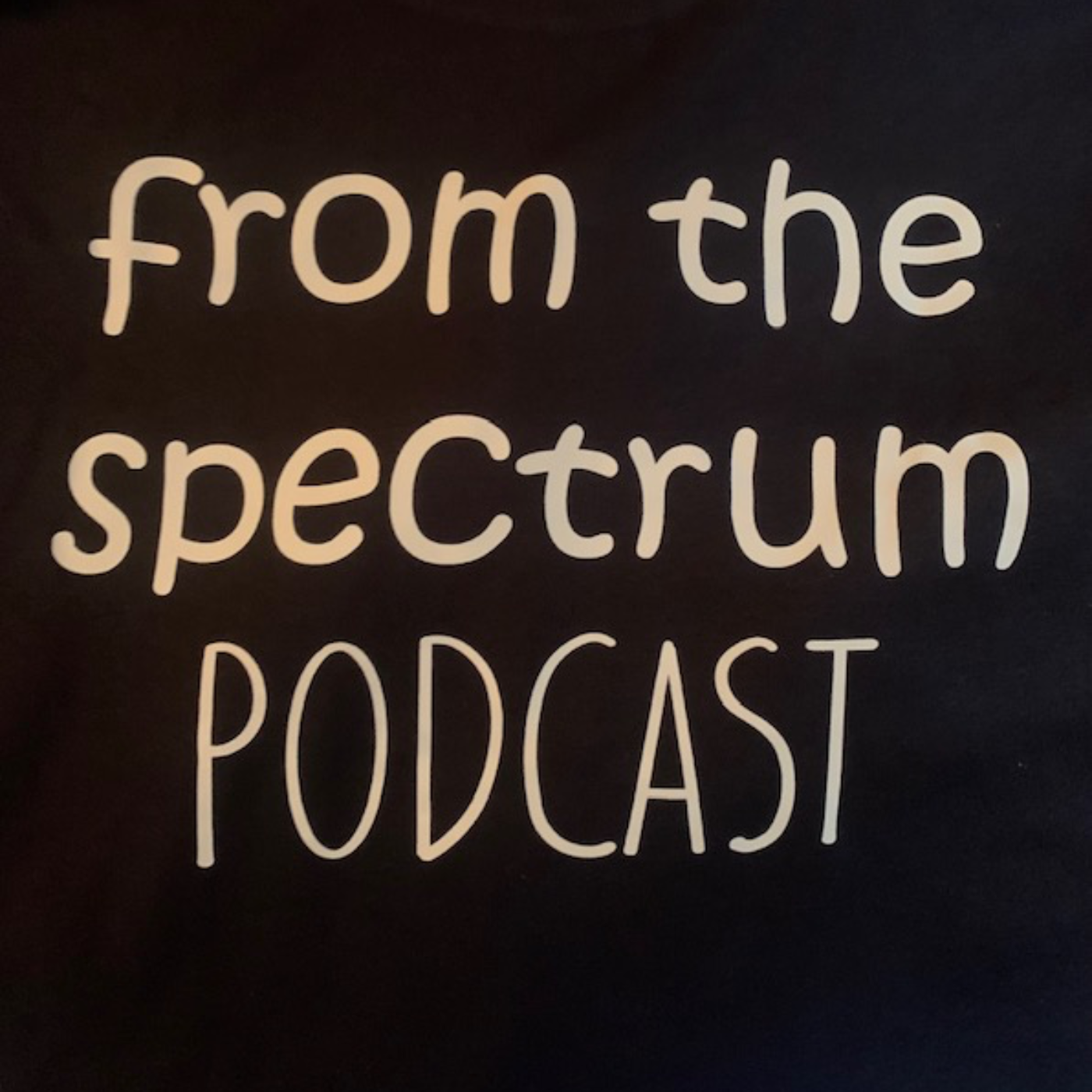
Relationships are challenging.
In this episode, we explore some of the Autistic phenotype challenges in relationships. We discuss symptoms from criteria A are external and criteria B are internal, and how criteria B complicates the symptoms in criteria A. In addition, Autism is a comparison to social-norms, and this is a problem. Some environments/relationships discussed include peer-to-peer, romantic, and parent-child. To begin, we explain the mechanisms behind the speaker-receiver and the use of conveying speech in socialness.
Before we begin, we cover a brief explanation of Speaker-Receiver and human communication.<...
John Coates, RF Safe: RF Radiation, Health, & The Need for Change
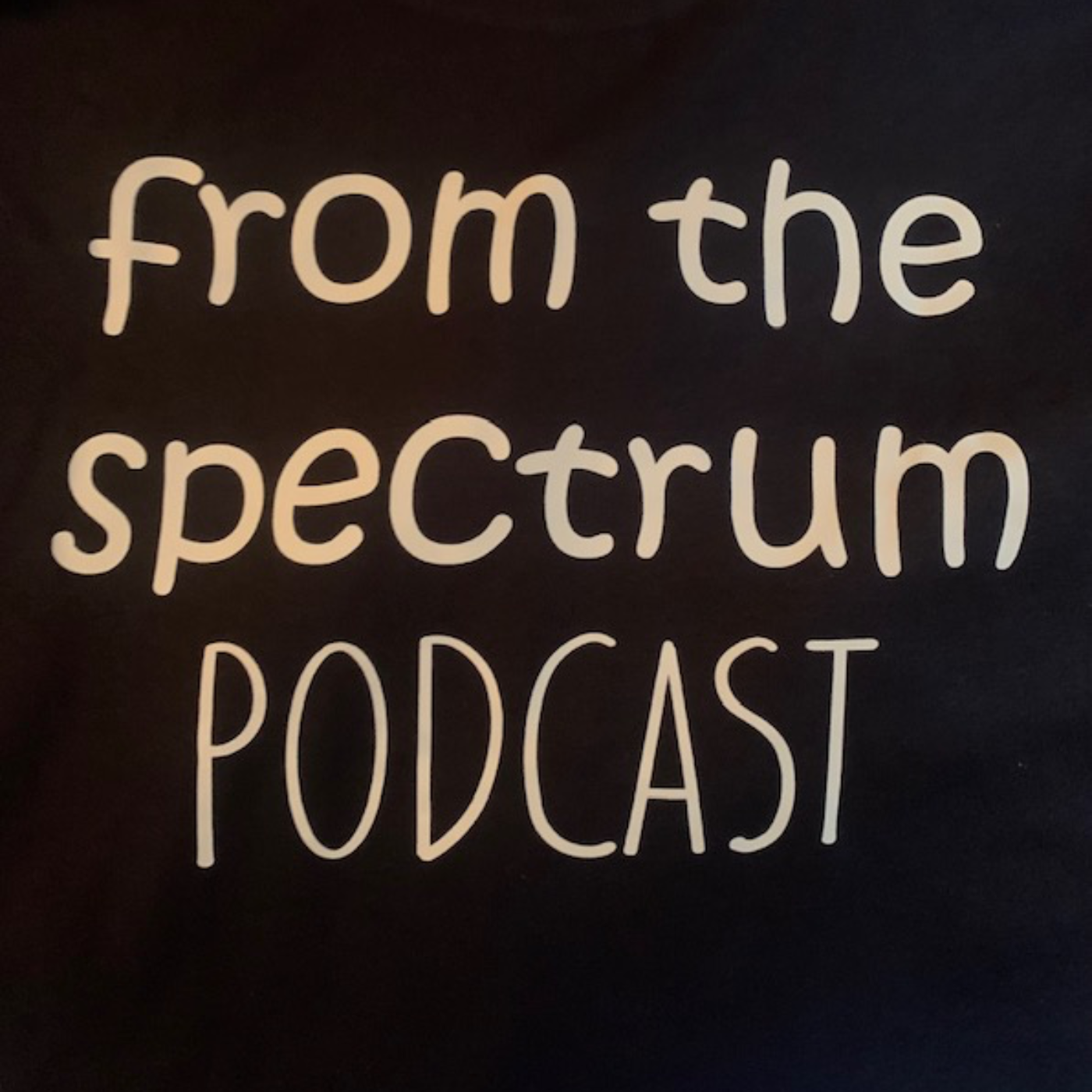
For today's episode, John Coates from RF Safe returns to provide valuable and needed information about the harms of Radio Frequency Radiation and our modern environments.
John Coates Episode 1 https://youtu.be/KgLj0X4AJh4?si=QS8KM6FUfASqpzTs
RF Safe https://www.rfsafe.com
John's X https://x.com/rfsafe
Section 704 https://www.rfsafe.com/section-704-and-fcc-guidelines-cemented-a-dangerous-wireless-monopoly-at-the-expense-of-health-and-innovation/
FCC https://www.fcc.gov/engineering-technology/electromagnetic-compatibility-division/radio-frequency-safety/faq/rf-safety
Public Law 90-602 https://www.congress.gov/90/statute/STATUTE-82/STATUTE-82-Pg1173.pdf
Daylight Computer Company<...
Spindle Neurons, Salience Network, & Social Behaviors
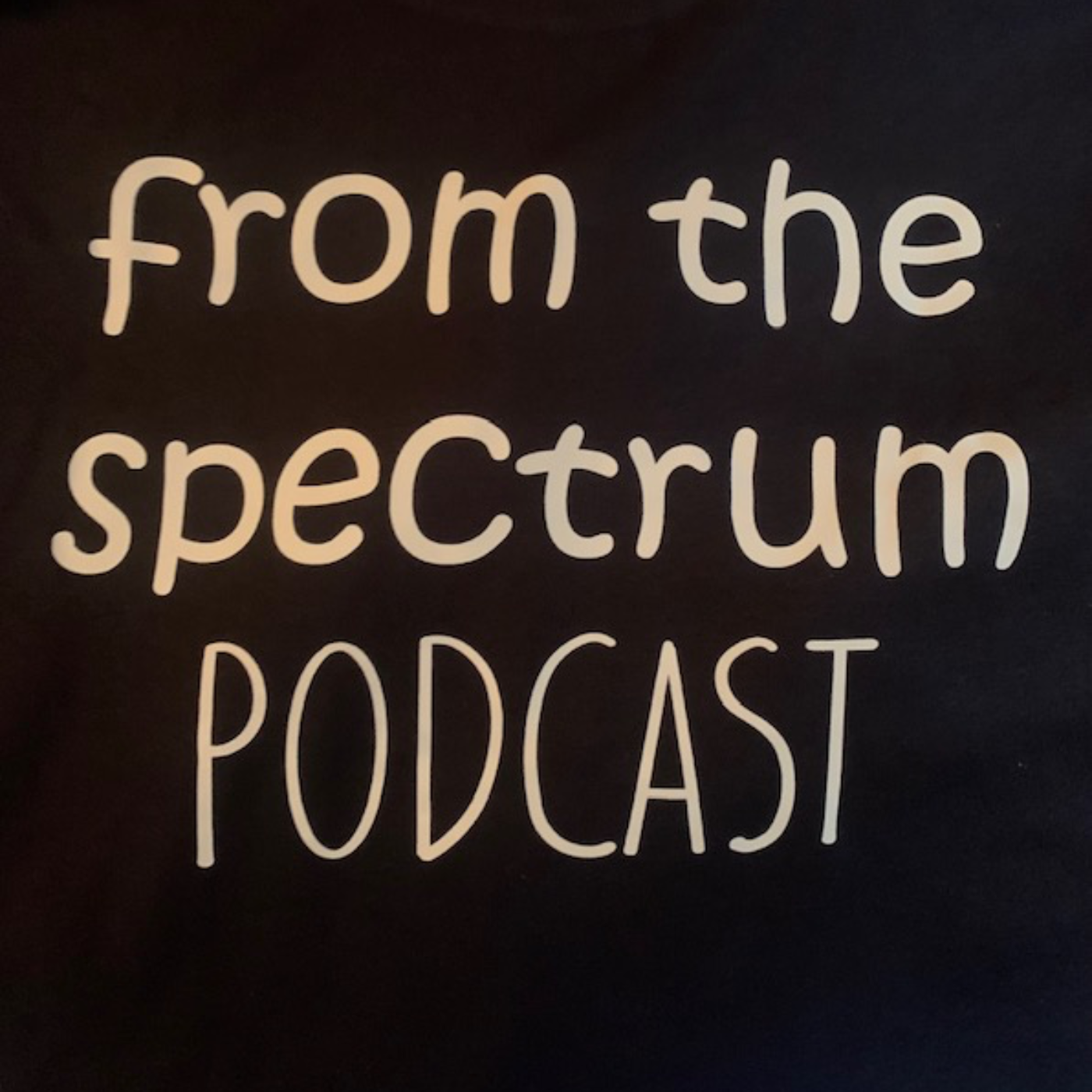
In this episode we explore spindle neurons, also known as von Economo neurons (VENs), discovered by Constantine von Economo in the 1920s. These large, cylinder-shaped cells, found in the anterior cingulate cortex (ACC), anterior (or called frontoinsula) insula, and rarely the dorsolateral prefrontal cortex (DLPFC), are crucial for rapid communication in social behaviors. Three key points stand out: first, spindle neurons are located exclusively in the ACC and insula, the core hubs of the salience network, which is disrupted in autism as early as six weeks of age, as shown in a UCLA study. Second, these neurons are primarily...
(Re-Release) Dr. Catherine Lord: The Evolution of Autism Assessment, Challenges with Understanding the Spectrum of Autism, and Barriers in the Medical and Education Systems for Autism
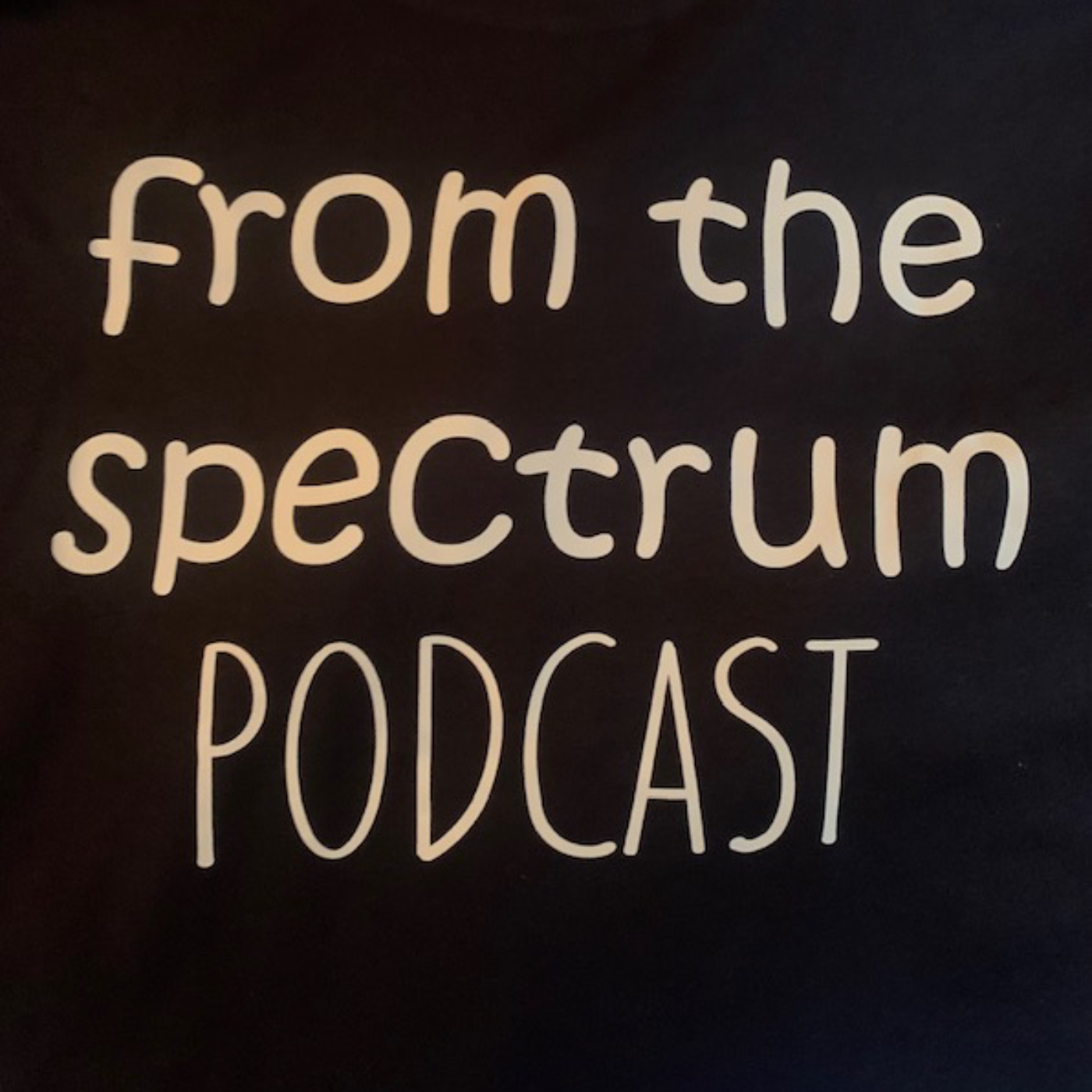
In this episode, we discuss Autism with Dr. Catherine Lord. Dr. Lord is a Distinguished Professor of Psychiatry and Education at UCLA and one of the foremost researchers in Autism. Dr. Lord provides tremendous insights into her roles in Autism and Autism Assessment.
Dr. Lord discusses her journey into Autism, the evolution of the Assessment including the ADOS growing from her basement and being overran by demand to the Gold Standard, the Challenges with understanding the Spectrum, updates on the Lancet Commission and Profound Autism, and Barriers in the Medical and Educational Systems.
...
Leptin, Biophotons, & Autism's Development
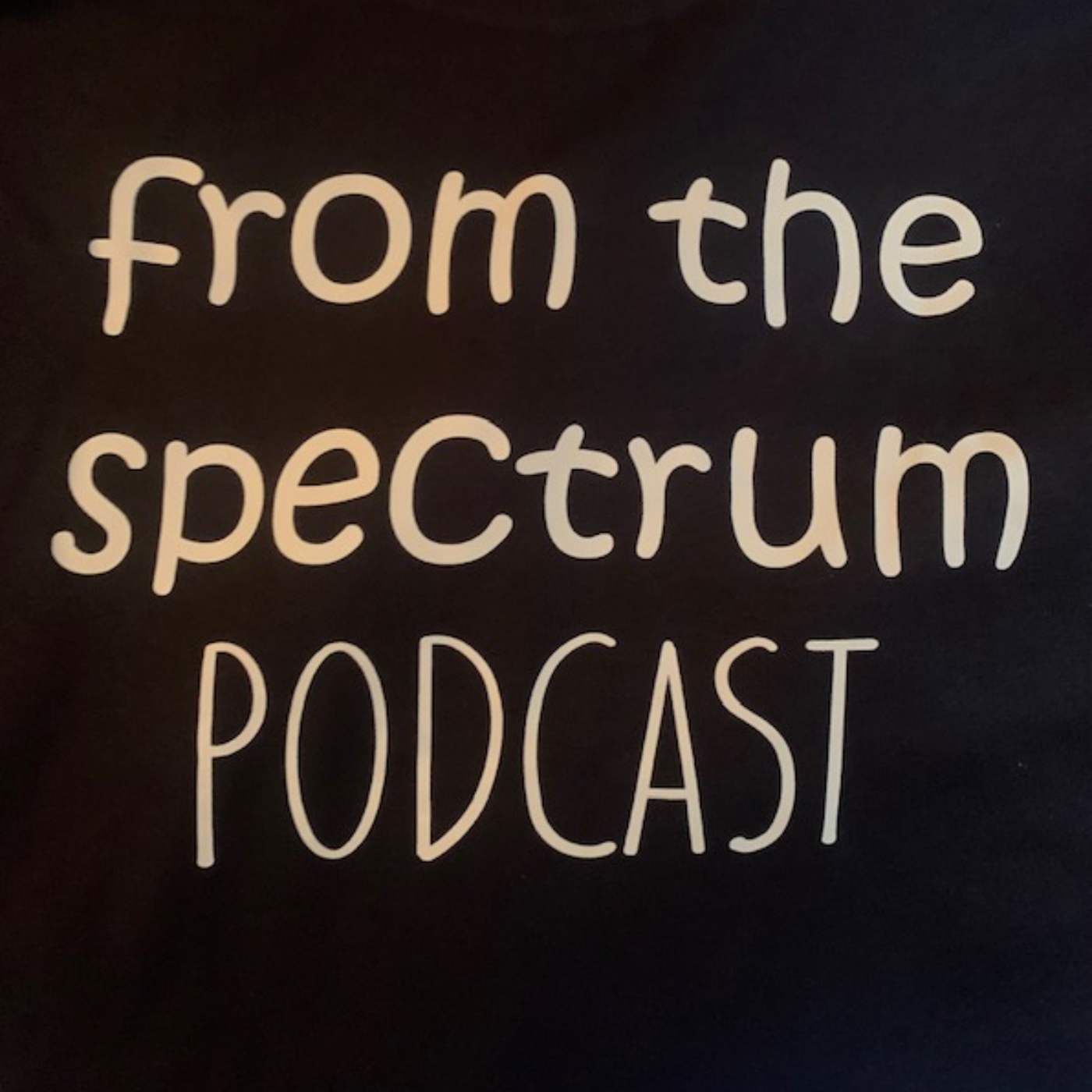
In this episode, we explore the impact of tech use and blue light on circadian biology, exploring how melanopsin and chromophores regulate physiology, mood, and cell functioning. The discussion highlights the leptin-melanocortin pathway, its role in placental physiology, and how ultra-weak biophotons from placental mitochondrial DNA influence fetal development, emphasizing the critical interplay of light and dark cycles in health.
We further examine fetal brain development, focusing on mitochondria, neurogenesis, and the effects of UV light and nitric oxide on the thalamus and sensory integration. The episode connects BH4, tryptophan, and melanin deficits to Autism, discussing how...
Katie Asher: Understanding Communication, Telepathy, and Spiritual Existence
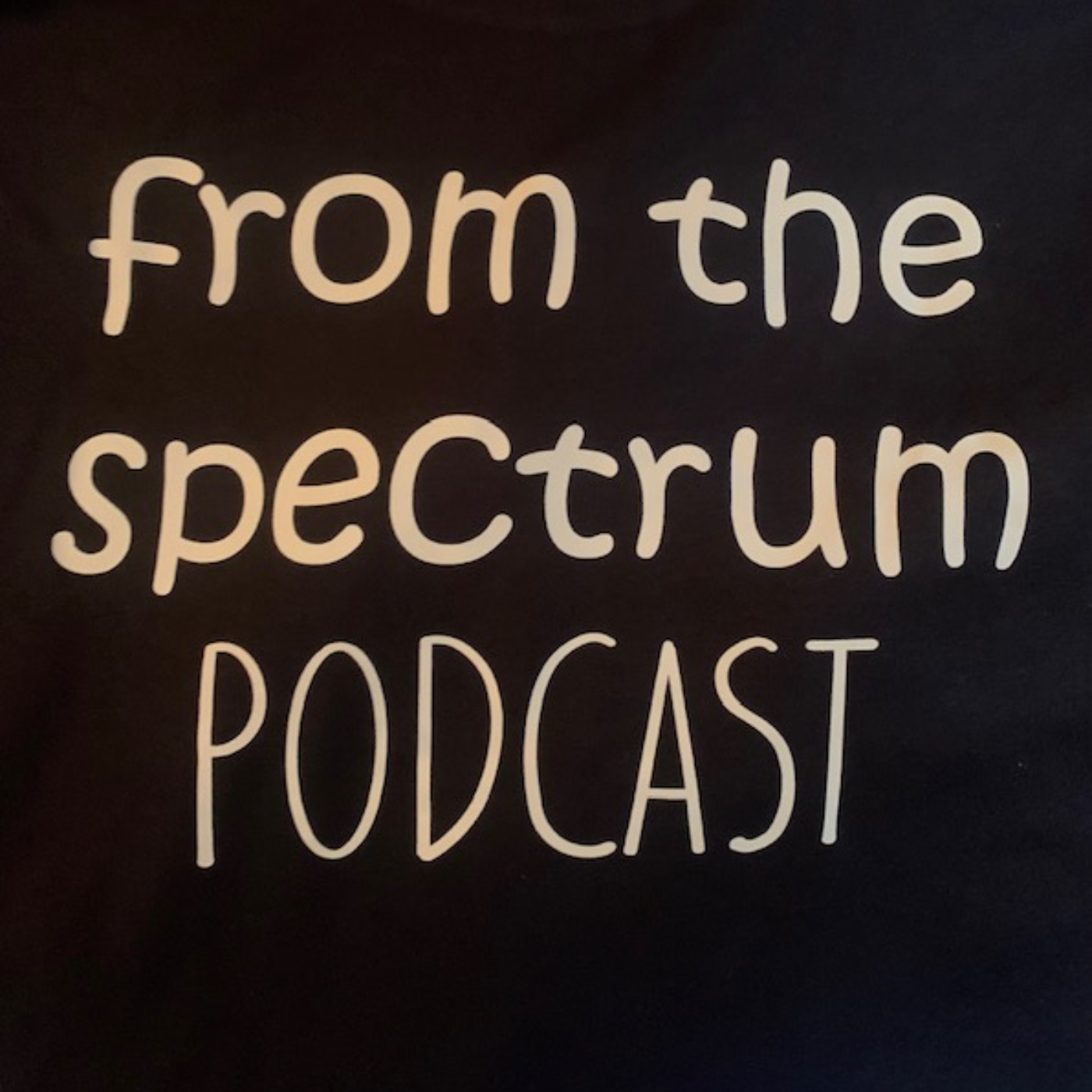
My guest today is a special Mother's Day edition with Katie Asher. Katie is a devoted mother of five and founder of Asher House, who shares her inspiring journey of raising her son Houston, who has severe autism. Katie discusses the challenges of navigating trauma, loss, and an abusive past, all while advocating for Houston’s voice through groundbreaking communication methods like letter boards. She recounts the transformative moment when Houston, previously nonverbal, began spelling to communicate, revealing his profound intelligence and telepathic abilities, which reshaped her worldview and deepened their spiritual connection. Their story, detailed in their co-authored bo...
John Coates, RF Safe: The harms of non-native Electromagnetic Fields (nnEMF) and Regulations
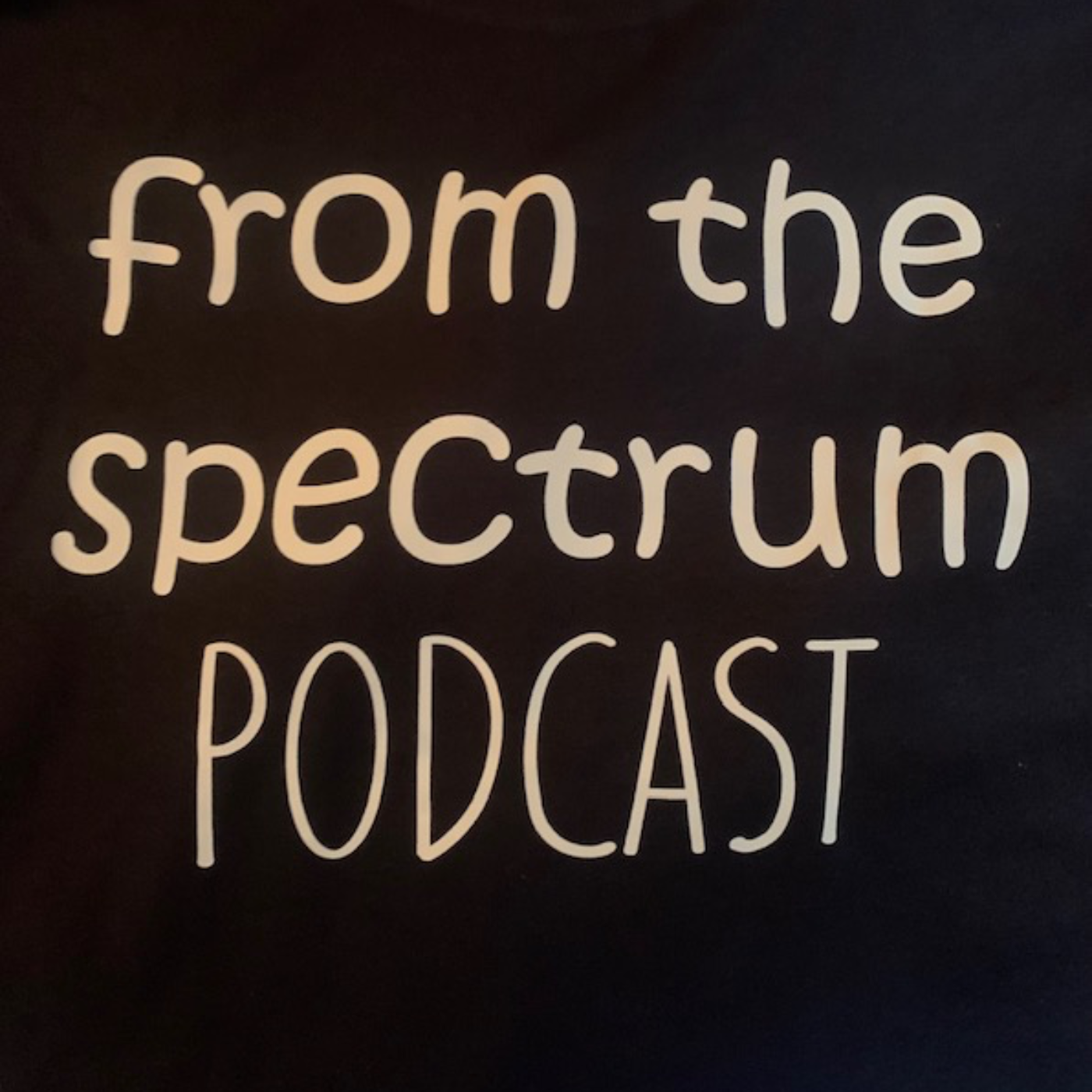
My guest today is John Coates. John is the founder of RFsafe, and he is on a mission from a personal commitment to understand and educate the harms of non-native Electromagnetic Fields. John takes us through a passionate and personal story and educates us on many topics around these modern products. We explore cell phones, microwaves, routers, WIFI, computers, towers, and more. John also educates us about regulation changes such as Section 704 that prevents questioning the health factors related to our modern man-made environment. In addition, John offers a solution to the harms of WIFI by telling us about...
Dr. Reza Shadmehr: Computational Motor Control & The Cerebellum
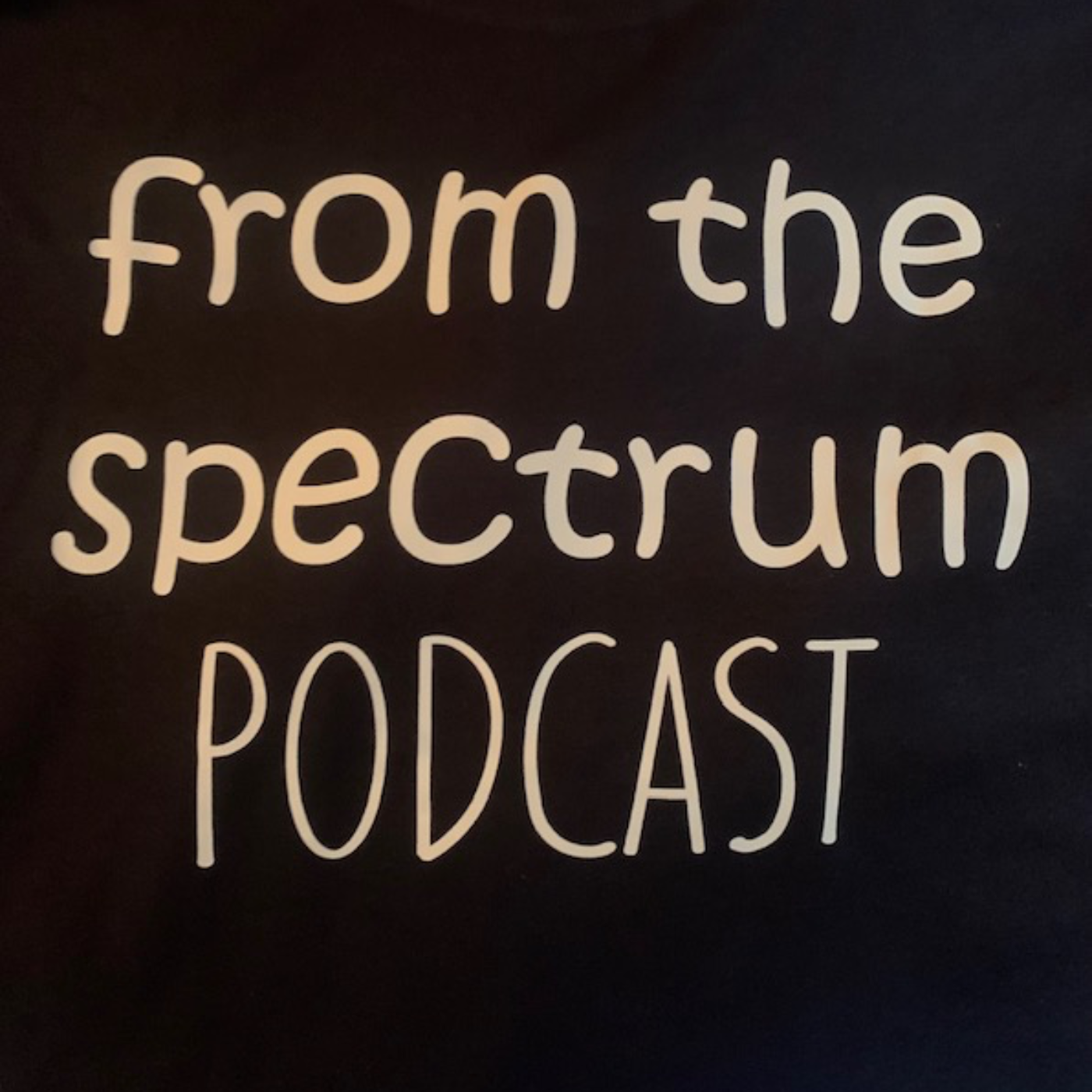
For today's episode we learn about the cerebellum with Dr. Reza Shadmehr. Dr. Shadmehr is a trailblazing neuroscientist whose groundbreaking work has reshaped our understanding of how the brain controls movement. With a rich academic journey—from a bachelor’s in electrical engineering to a PhD in robotics and computer science, followed by a postdoctoral fellowship at MIT—Dr. Shadmehr now leads the Shadmehr Lab at Johns Hopkins University. We dive into his pioneering theories, including motor memory consolidation, state space theory, and the neural encoding of action by the cerebellum’s Purkinje cells. The conversation explores the physics of motor...
Autism, Sensory Map & Serotonin
In this episode, we explore the critical role of serotonin in shaping sensory maps within the brain, a process vital for interpreting sensory input and navigating the world. Serotonin, a neurotransmitter and neuromodulator synthesized from the aromatic amino acid tryptophan, influences brain development by fine-tuning sensory systems. It modulates neuronal growth, synaptic connections, and plasticity, which are essential for creating accurate sensory maps in regions like the somatosensory cortex, visual cortex, and auditory cortex. These maps serve as blueprints for processing touch, vision, and sound, with serotonin regulating the pruning of connections in the thalamus and cortex to ensure...
(Re-Release) Autism & Education

In this episode, we discuss Autism and Education. We explore some current condition within education and some personal experiences. Specifically, the school day is in complete conflict with Autism- both Criteria A and B. This is the primary factor with the challenges of Autism in Education. The classroom requires a Social Dynamic, a Speech and Language Dynamic, and Sensory-Processing Dynamic, which is 3 strikes against Autism. In addition, the subject switching throughout the school day complicates our path of learning- Our learning style prefers spending extended times on a single subject. Autism gives us the ability to be comfortable within...
Tryptophan, Microtubulus, & Mitosis
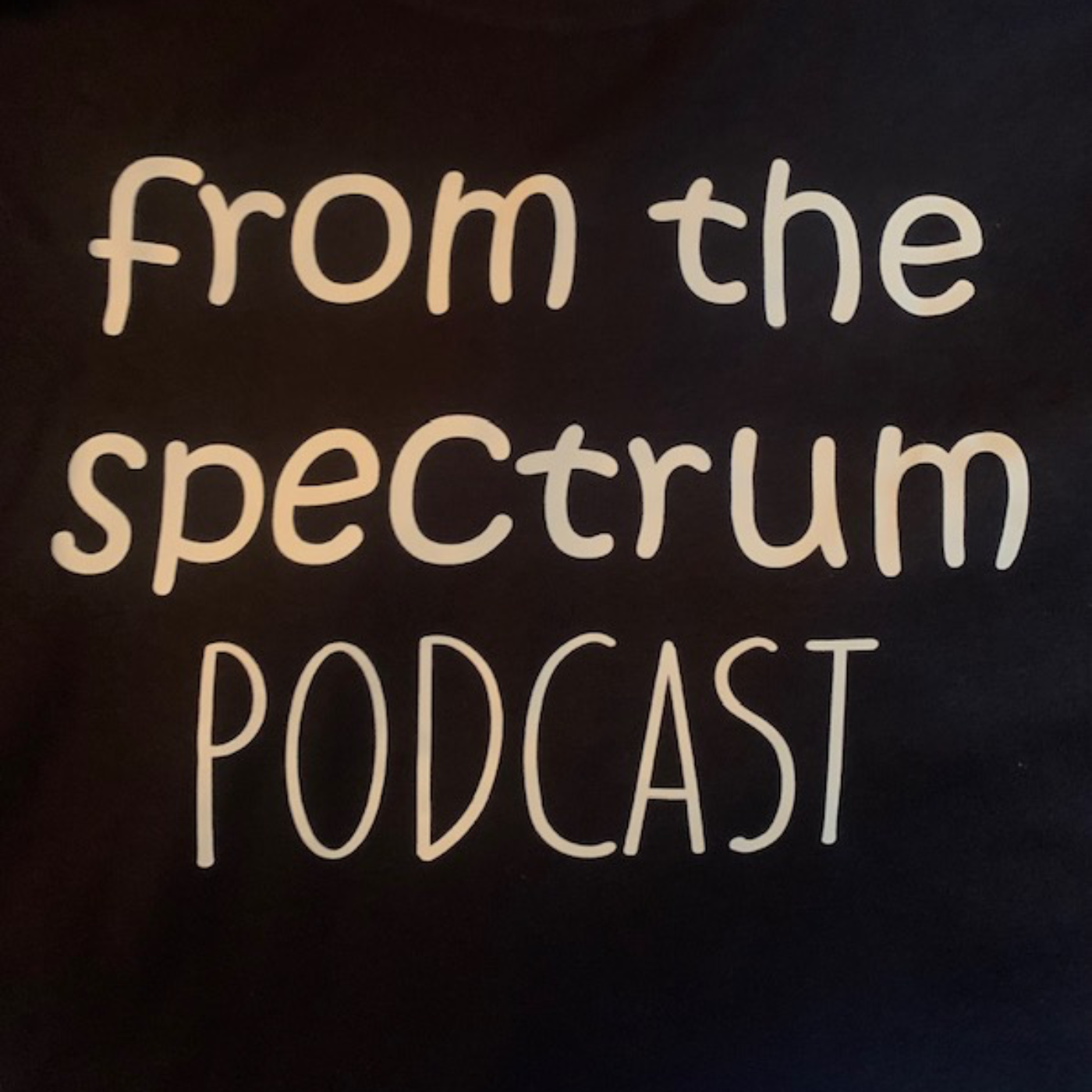
This episode explores the critical role of tryptophan, an aromatic amino acid, in forming tubulin—the key protein building microtubules, which act as cellular "train tracks" for structure and movement. We delve into how microtubules drive mitosis, the process of cell division essential for growth and repair, and discuss tryptophan’s unique biochemical significance, including its single codon (UGG) and contributions to DNA methylation.
We connect these cellular mechanisms to Autism, examining how microtubule disruptions may affect neuron proliferation and migration during prenatal development, potentially leading to sensory processing issues and altered connectivity. The episode highlights the intr...
(Re-Release) The Roles of Oxytocin & Vasopressin in the Autistic Phenotype
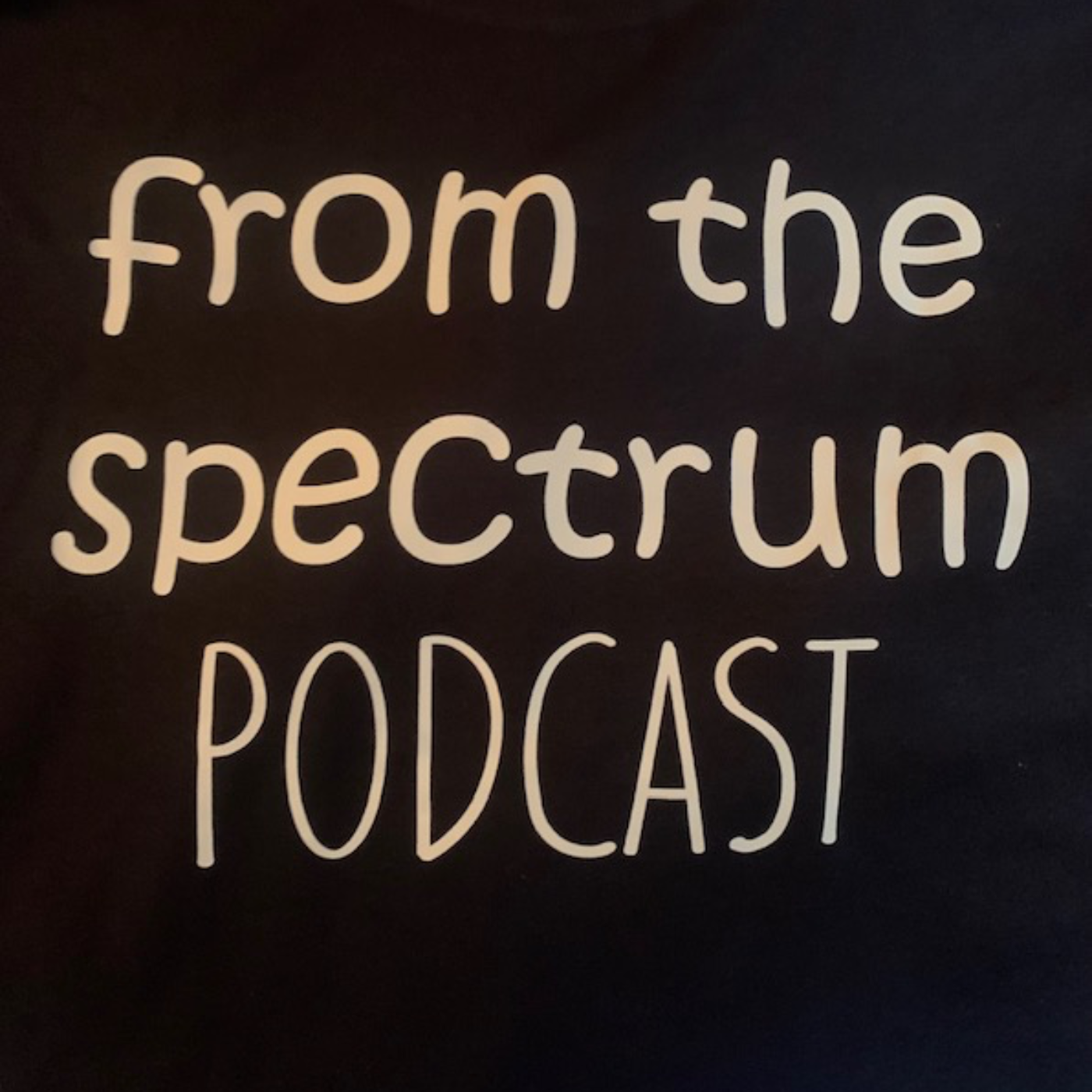
In this episode, we explore Oxytocin and Vasopressin's vast roles in Human Biology. We time travel to cover the evolution of the two molecules and learn about their functions with developing and socializing. Oxytocin and Vasopressin are dynamic molecules whereby they are Peptides and Hormones. In addition, we cover previously discussed brain regions and how the molecules work alongside key Neuromodulators like Serotonin and Dopamine.
Social Reward https://www.ncbi.nlm.nih.gov/pmc/articles/PMC6214365/
Social Reward Requires Oxytocin and Serotonin in Nucleus Accumbens (Parvo Path) https://www.ncbi.nlm.nih.gov...
Autism, Circadian Rhythms & Protocols

In this episode, we navigate the fascinating world of circadian rhythms and their profound impact on our health. We cover essential biology and protocols for human health, Autism or not. We will discuss how these natural cycles of light and dark regulate our biology, from hormone production to mood and cellular function, and why disruptions—particularly from artificial light—are a growing concern in modern society. Highlighting the role of melanopsin, a blue light-absorbing protein discovered as recently as 1998, we explore how exposure to LED and tech light can throw off our internal clocks, a challenge especially relevant for thos...
Dr. Richard Frye, MD, PhD: All about Leucovorin & Benefits for the Autistic Phenotype
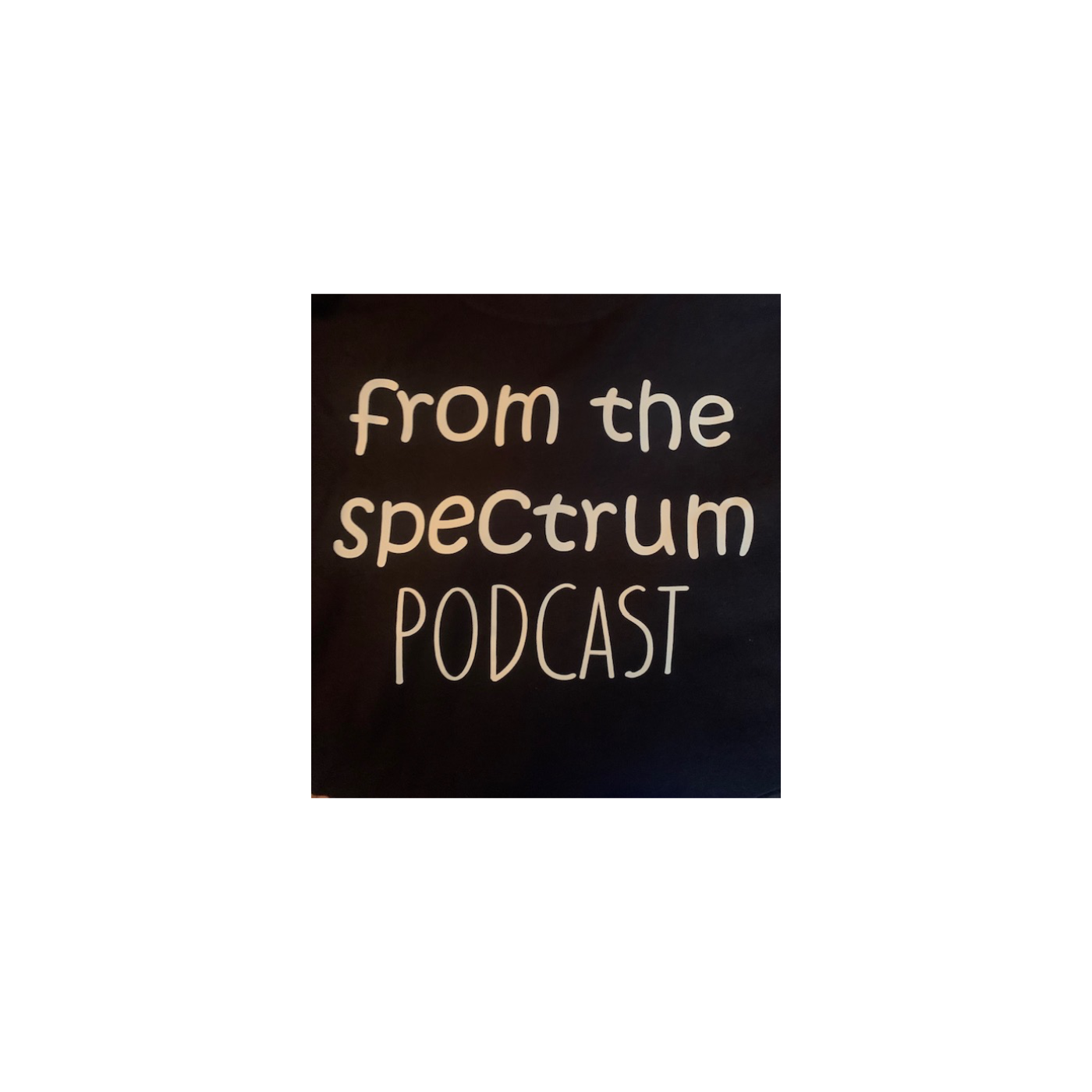
For this episode, we discuss the roles and sensitivity of mitochondria with Dr. Richard Frye, MD, PhD. Dr. Frye received an MD and a PhD in Physiology and Biophysics from Georgetown University. He is board certified in Pediatrics, Neurology with special competence in Child Neurology, and as a Certified Principal Investigator. In addition, he has a Masters in Biomedical Sciences and Biostatistics from Drexel University. Dr. Frye has over 300 publications in leading journals and book chapters.
Dr. Frye shares many figures during the conversation so the listener can follow along.
Dr. Richard Frye https://drfryemdphd...
Nicole Rincon, PA-C: Various Biomarkers including Gastrointestinal Issues & Autism
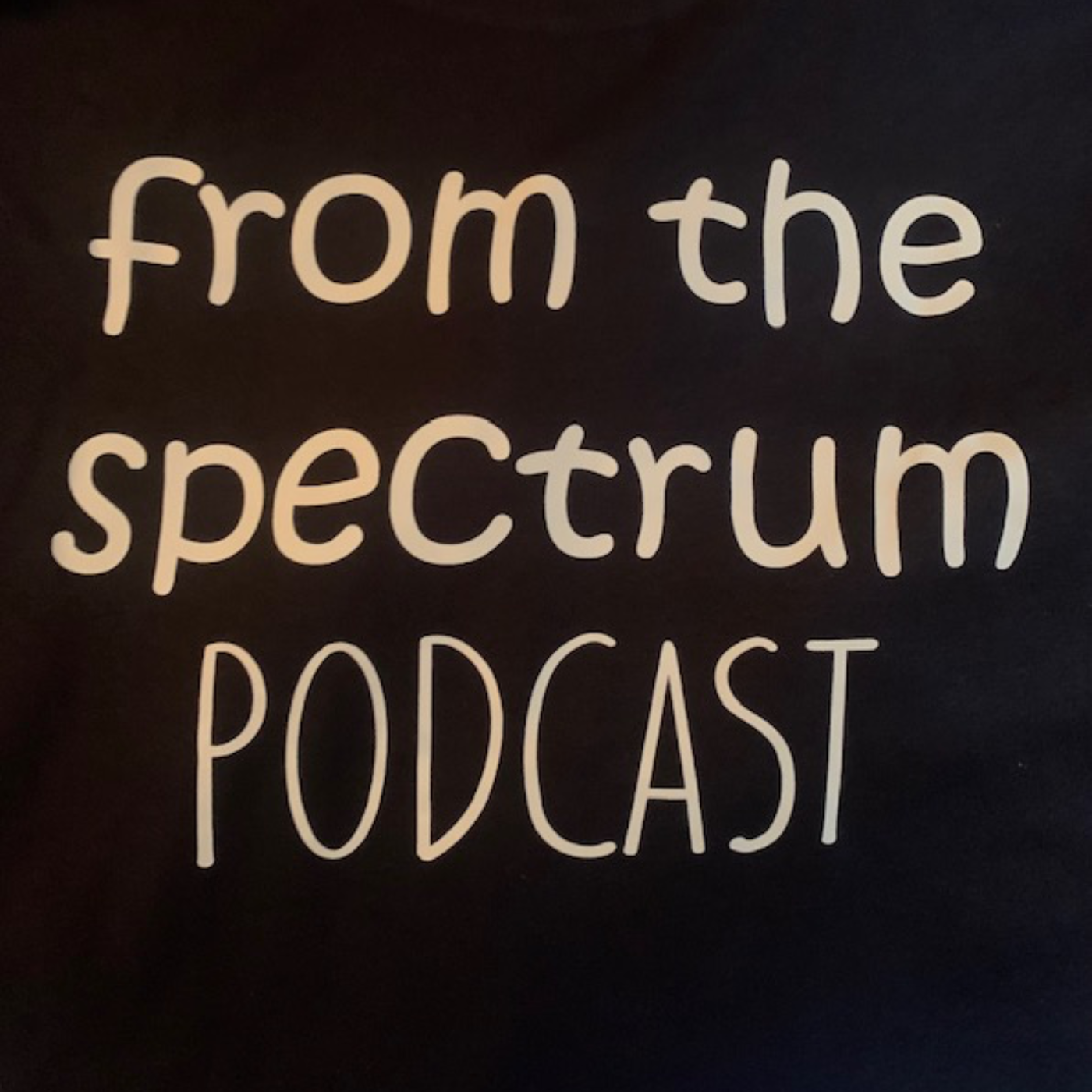
Nicole Rincon https://www.nicolerincon.com
Nicole's X https://x.com/NicoleRinconPA
Rossignol Clinic https://rossignolmedicalcenter.com
TACA Info: https://tacanow.org/wp-content/uploads/2019/10/F-H-2-Nicole-Rincon-Beginning-Biomed.pdf
TACA Talks: https://www.nicolerincon.com/videos
Publications https://rossignolmedicalcenter.com/articles-publications/#published-2024-2-articles
Nicole Episode 1 https://www.youtube.com/watch?v=BBkdgwVfcZI
Nicole Episode 2 https://www.youtube.com/watch?v=auLReV0DHkQ
Daylight Computer Company https://daylightcomputer.com
use "autism" in the discount code for $25 coupon.
...
Neurulation, Neuroepithelial Cells, & Mesencephalon
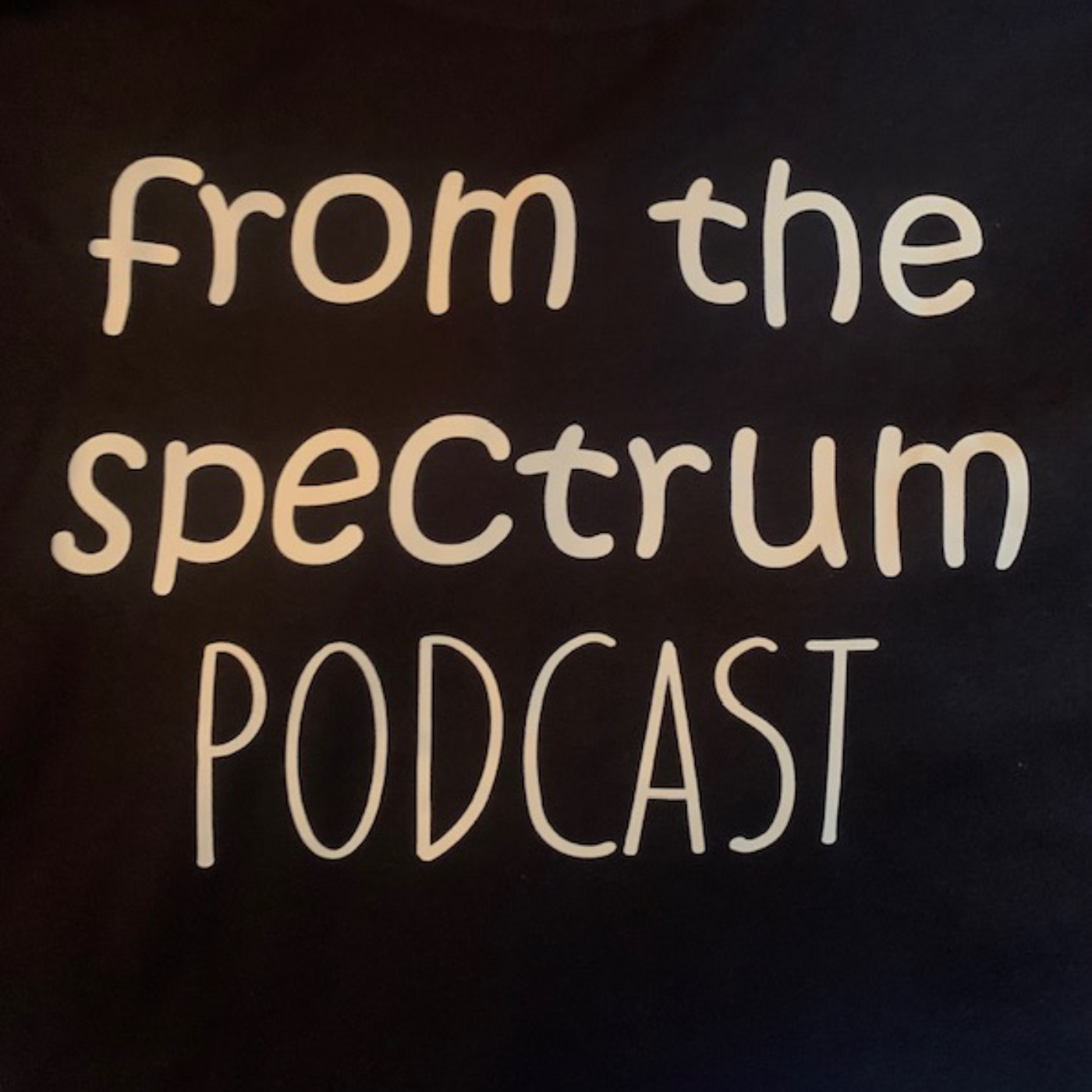
Why doesn't the MESENCEPHALON further subdivide into larger regions of the brain?
In this episode, we will expand on the neurulation time and focus on the brain formation, spotlighting the proencephalon, mesencephalon, and rhombencephalon, which emerge around days 22–23 of embryonic life. The proencephalon (forebrain) splits into the telencephalon—think cerebral hemispheres for cognition—and the diencephalon, home to the thalamus and hypothalamus for sensory and hormonal control. Meanwhile, the rhombencephalon (hindbrain) divides into the metencephalon (pons and cerebellum, key for movement) and myelencephalon (medulla, handling [mostly] autonomic essentials like breathing). The mesencephalon stands out as a non-subdividing relay...
Autism, Neurulation, and Embryogenesis
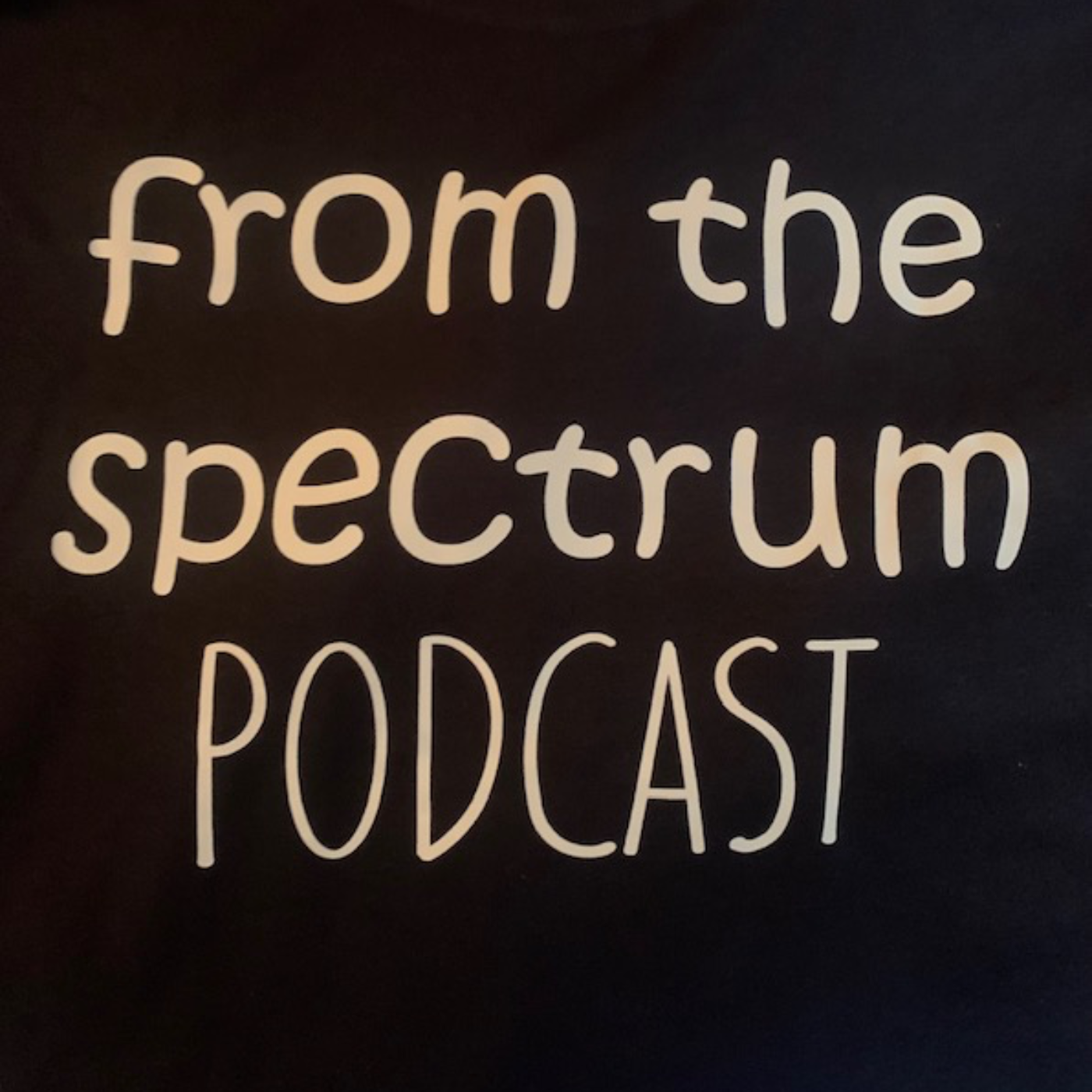
For today's episode, we go into the science of embryogenesis, focusing on neurulation—the critical process where the neural tube forms, laying the groundwork for the central, peripheral, and enteric nervous systems. We discuss how disruptions in this early developmental stage, influenced by factors like folic acid metabolism, the sonic hedgehog pathway, and genes such as PTEN (P10), could shape the autistic phenotype. From cell proliferation to migration, we connect these biological processes to autism, exploring how environmental factors—like a pregnant mother’s exposure to artificial light versus sunlight—might alter developmental outcomes. This episode sets the stage for when...
Part 2 Autism and Sensory Processing: Scientific Literature
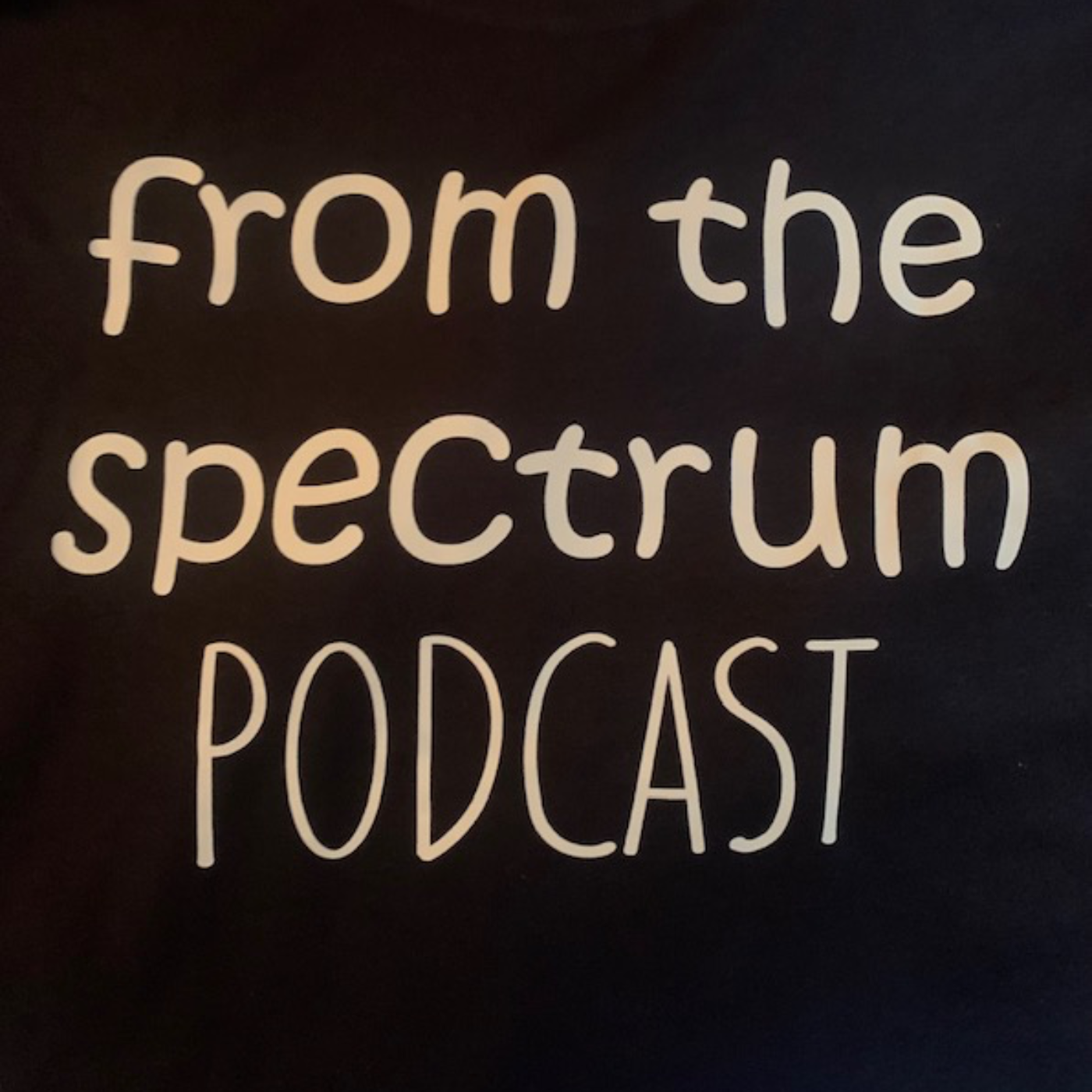
For today's episode, we expand on Autism and Sensory Processing. We return to the mesencephalon—a brainstem region with superior and inferior colliculi—as a critical hub for sensory integration and attention bias. We cover four scientific articles, starting with Marco et al. (2011), which uses EEGs, MEGs, and fMRIs to reveal autism’s auditory processing inconsistencies (e.g., delayed N100/M100 cortical responses), tactile hypersensitivity from overactive receptors, and visual processing quirks like reduced fusiform gyrus activation for faces. Russo et al. then explore brainstem-level deficits, showing autistic children’s auditory brainstem responses (ABR) to speech syllables like "DA" exhibit...
Part 1 Autism and Sensory Processing: Intro to Senses & Melanin

For today's episode, we discuss Autism and sensory processing. The episode expands on the concept of the mesencephalon (midbrain), touching on the superior and inferior colliculi, key regions that help extract and integrate sensory information. The role of melanin in sensory processing is highlighted, as it aids in signal transfer and increases efficiency in sensory organs, including the eyes, ears, and skin. The episode also connects these concepts to autism, noting that individuals with Autism often experience both hypersensitivity and hyposensitivity to sensory stimuli, affecting their interaction with the environment.
The episode also dives into the biological...
Autism and Eye Movements
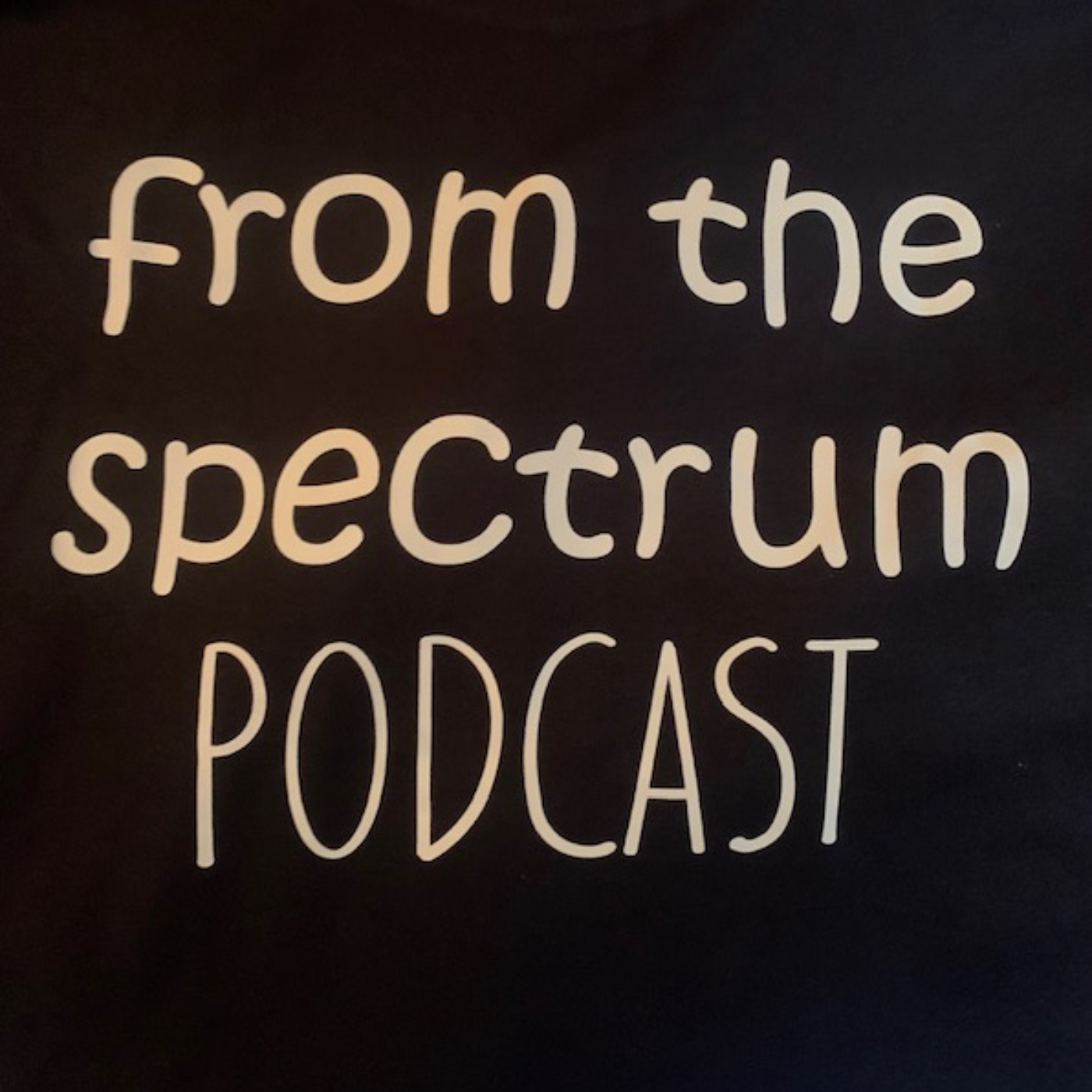
In this episode, we discuss the connections between autism and eye movements, starting with the underappreciated role of eyes in human biology. We emphasize the significance of the retina, which is central to both image-forming and non-image-forming functions of vision. The discussion takes a turn towards how blind individuals also leverage their eyes for biological functions beyond sight, highlighting the pervasive influence of visual systems on human physiology. We explore the superior colliculus, an essential brain region that integrates sensory information from various sources, including vision, to direct our attention and reflexive responses. This area is crucial in understanding...
